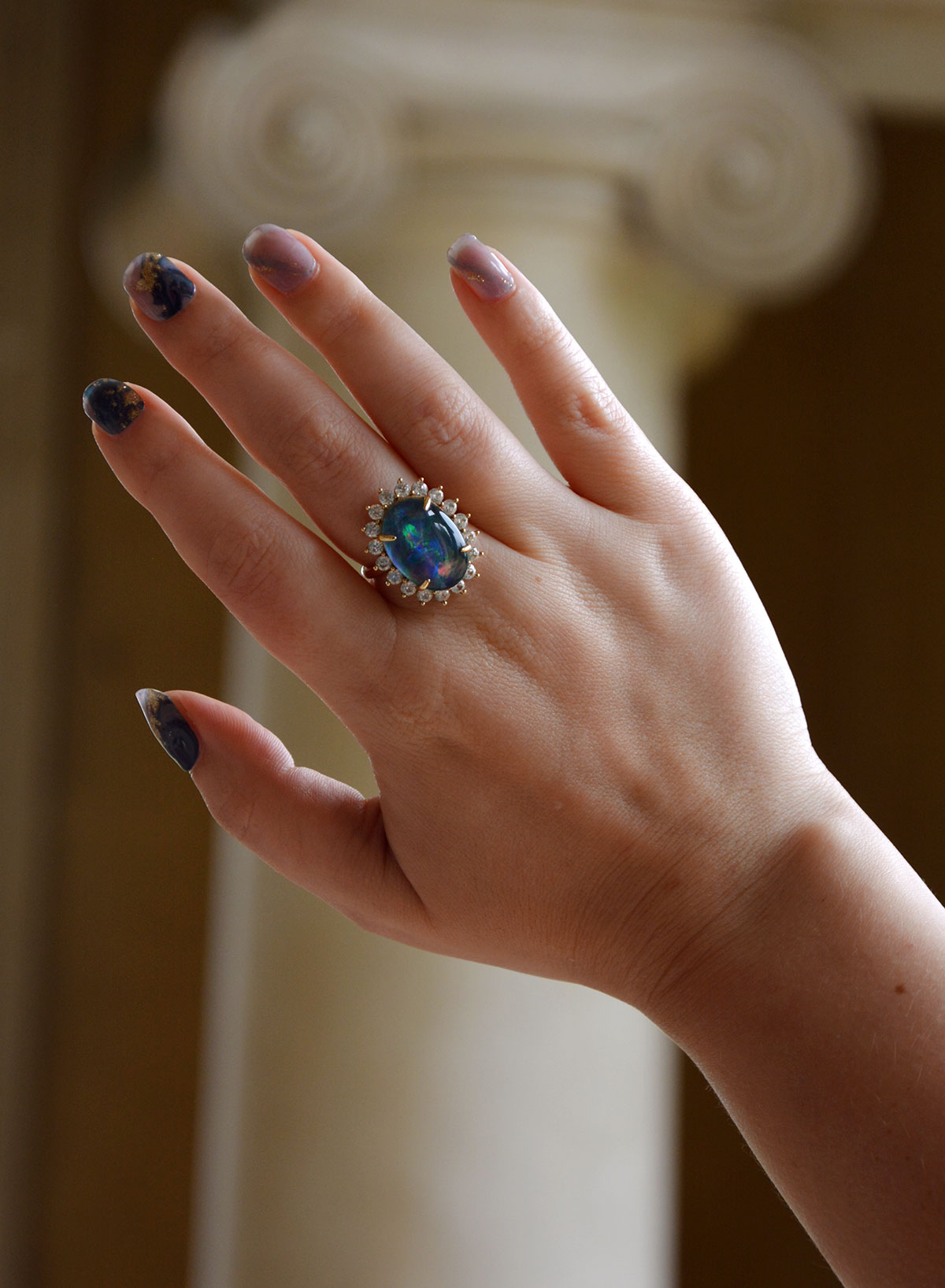
Opals are gemstones that have been portrayed as true baddies. Wearing opals has been seen as so dangerous, people have actually died. No, really. Not just any people, royal bloodlines.
Woah, knowing all of that – would you wear an opal? I’ll help you answer – if you love it, yes you would. Chill, I am not here to murder, I am here to be opal’s lawyer. So, order in the court. Let’s explore some legends and lore surrounding opal, and allow it to not be the scapegoat for bigger issues.
The cursed opal ring gifted to King Alfonso XII of Spain
Some romances have very short shelf lives. Fewer have revenge stories with no expiry dates. One such love story was between the Comtesse de Castiglione and King Alfonso XII of Spain. After their fling, the King quickly moved on to marry Mercedes of Orleans. The Comtesse, rejected but ever so gracious, sent the King a beautiful opal ring set in pure gold to remember the good old steamy days they shared. Mercedes, however, spotted that ring immediately, and wanted it for herself. Within months, she died. The King saw the ring falling off the corpse’s finger, so he decided this was a sign. He gave it to his grandmother, Queen Christina. She died a few months later. But does two form a pattern? No, the King thought. He then gifted the ring to his sister, the Infanta Maria del Pilar. She passed away a few days later from what was reported to be “a mysterious illness”. As a last chance saloon for the opal ring, he gave it to his sister-in-law. She was dead in three months. With thoughts such as can-it-be-that-bad, King Alfonso XII wore the ring as intended – on his own little finger. He was dead within twenty four hours. The doctors were confused. It seemed that every organ simply decayed. The ring was later hung around a neck of a statue of a saint, and the death count allegedly stopped.
Knowing that, would be go anywhere near an opal? Yes you would.
Around the spring-summer of 1885, around 100,000 of Spaniards perished due to the spread of cholera. The disease did not care whether you were of opal wearing noble blood or simply a peasant, it devoured them all.
The verdict: The opal ring is innocent. However, it won’t protect you from harm or illnesses. But according to lore, turquoise might. Find out more about legends around turquoise here.
Bad luck to opal wearers who were not born in October
If you were born in October, opal is your birthstone. Lucky you. What happens if you simply love wearing opals but you were born in any month apart from October? Death of course.
Sir Walter Scott published his novel called Anne of Geierstein in 1829. Great tale to everyone, just not to opals. In the novel, one of the characters, Baroness of Arnheim, wore an opal amulet which had supernatural powers. A drop of holy water that fell on this talisman messed everything up. The stone lost its internal fire and became as dull – to quote Scott – “as a common pebble”, and the Baroness died. Retelling the story from one mouth to another resulted in the don’t-wear-an-opal-unless-you’re-an-October-baby sentiment.
While the above is fiction, here’s a fact: within a year of Scott publishing this novel, sales of opals fell by half. Yes, 50%. And opals remained synonymous with death and bad luck for the next twenty or so years. It took the world’s biggest influencer at the time to convince the world otherwise: Queen Victoria. She popularised opals by using its connection to death and incorporated it into the mourning jewellery trend that she pioneered. Plus, in Australia, a British territory at the time, huge deposits of opals were discovered, so it made sense for the monarch to popularise goods from all over her lands. Opals regained their fire.
The verdict: Sir Scott’s opal talisman is innocent. It’s also fictional, it’s not even real.
Thieves chose opal as their patron gemstone
Although before the XIX century, opal was not seen as such doom and gloom, it still was a bit of a baddie. Folk tales and lapidaries advised that if an opal was wrapped in fresh bay leaves and held on the palm of one’s hand, it would grant that person the power to be invisible. According to Marbodus Gallus, self proclaimed XII century gemstone expert, opal “confers the gift of invisibility upon the wearer, so that the thief, protected by its virtue of dazzling all beholders, could carry off his plunder in open day”, as quoted in the British Quarterly Review in 1878.
Also, because opal has a whole spectrum of colours in it, it has been believed that it has the benefits of all coloured gemstones within it. Specks of red in your opal? Who needs rubies anyway… Your opal can bring you all the virtues of these blood red stones. Same with sapphires, emeralds, the lot. Why would you need to collect these gems, if with an opal you can have all the luck. Roman author and naturalist, Pliny the Elder, wrote: “There is in them a softer fire than the ruby, there is the brilliant purple of the amethyst, and the sea green of the emerald – all shining together in incredible union.”
This strange mix of medieval lore resulted in opal being seen as a thief’s gemstone of choice. After all, stealing is easier when you’re invisible, and you’re supported by luck from all gemstones combined.
The verdict: Opal is innocent. Bay leaves offer no comment. Neither bay leaves or opals can make one invisible, together or separate.
Russians thought of opals as the symbol of the evil eye
Some sources suggested that Russian tsars thought of opals as evil. In the XX century, this was an unspoken rule that made many Russians stop in their tracks when shopping around. If they saw an opal while browsing, it was a sign that the shopping spree was over as otherwise, bad luck would take over. This was observed by Anna Cosgrave in Common Sense magazine, page 188, in 1900. Ms Cosgrave wrote that “the belief that opal is unlucky seems to be comparatively modern… In ancient times it was considered especially lucky, and, in the middle ages, it was even thought to possess the united virtue of all the gems with whose distinctive hues it emblazoned” meanwhile, she continued: “...the Russians consider it the evil eye, and will give up any enterprise if they see one; if goods are being submitted for purchase, and they seen an opal, they will buy nothing that day”.
The verdict: Opal is innocent. Even Fabergé used opal in the creation of the house’s infamous eggs. This old rule did not stick, Russians today generally don’t think negatively of opals.
Bonus round: Uncut Gems (2019)
While this is not legend, nor is it lore, but is it a coincidence that it was specifically opal that brought bad luck to all the characters in the movie Uncut Gems? In the Netflix film, a New York jeweller, places all of his bets on the good juju that an opal would bring him. But does it? Watch the movie here.
The verdict: Opal is innocent. The main character’s risk to reward ratio was well off.
Overall verdict: Are opals deadly gems?
Sometimes the answer may be practical. According to world renowned gemologist, George Frederick Kunz, opals were not favoured because simply they were capricious stones to work with, and would often crack. “A possible explanation for the superstitious dread of opal used to excite some time ago may be found in the fact that lapidaries and gem-setters to whom opals were entrusted were sometimes so unfortunate as to fracture them in the process of cutting or setting.” No wonder! These gems score 5 to 6.5 on Mohs scale of hardness, making their toughness poor to fair, and prone to scratching. Plus, this stone is considered to be a mineraloid as its water content may range from 3% to 21% by weight.
So the overall verdict is opals are innocent. You can spot entire galaxies in these stones if you’re lucky enough to have a gem quality specimen. This observation is nothing new. Back in 75 AD, Pliny the Elder, wrote: “Some opals carry such a play within them that they equal the deepest and richest colours of painters. Others…simulate the flaming fire of burning sulphur and even the bright blaze of burning oil.”
Plus, there is positive lore around opals as well which we tend to overlook:
- Ancient Romans thought opals were extremely valuable, second only to emeralds, and believed they brought good luck.
- Arabic legends stated that opals fell from the heavens within flashes of lightning.
- Ancient Greeks believed opals gave their owners the gift of prophecy and shielded them from diseases.
- The word opal is said to come from Sanskrit word úpala meaning precious stone or jewel.
Now that you know all the scary tales surrounding opals (plus proof that they are not so scary after all!) – would you wear this gemstone?
Further reading and references:
- Cosgrave, Anna – The Stone of the Month: October—Opal, Common Sense, October 1900.
- Gemological Institute of America – Opal History and Lore
- Kunz, George Frederick – The Curious Lore of Precious Stones
- Pliny the Elder – Natural History – CHAP. 21. (6.)—OPALS: SEVEN VARIETIES OF THEM.
- Precious Stones – The British Quarterly Review, Volume 67. London: Hodder and Stoughton, January & April, 1878.
- Scott, Sir Walter – Anne of Geierstein, or The Maiden of the Mist (1829)
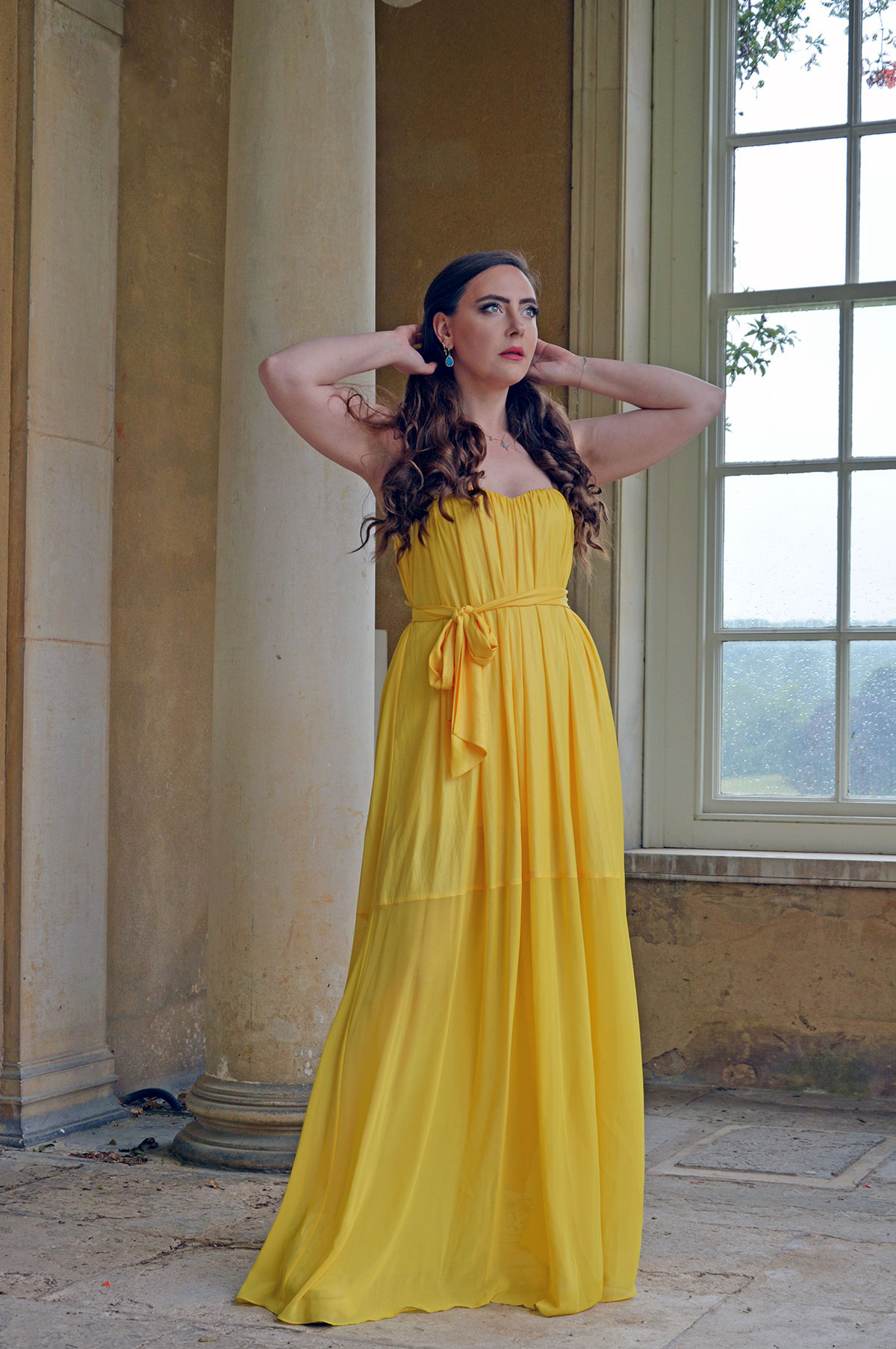
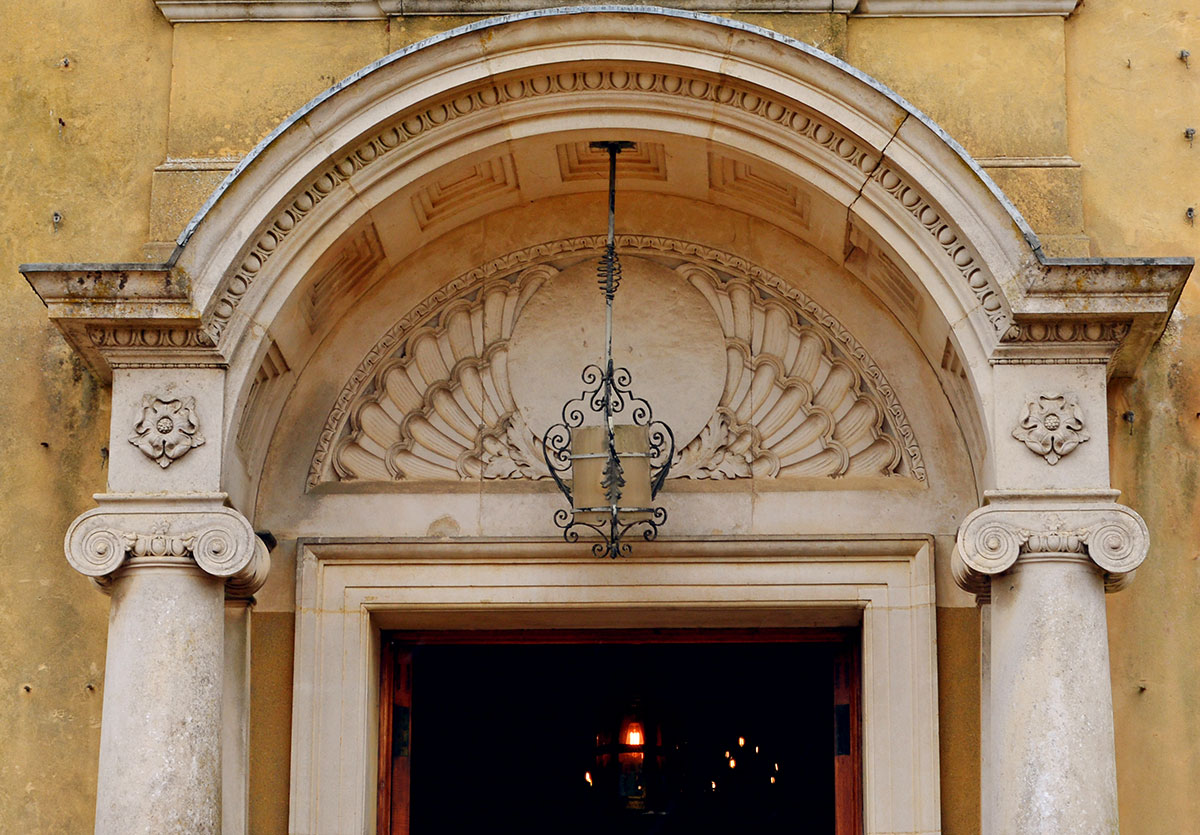
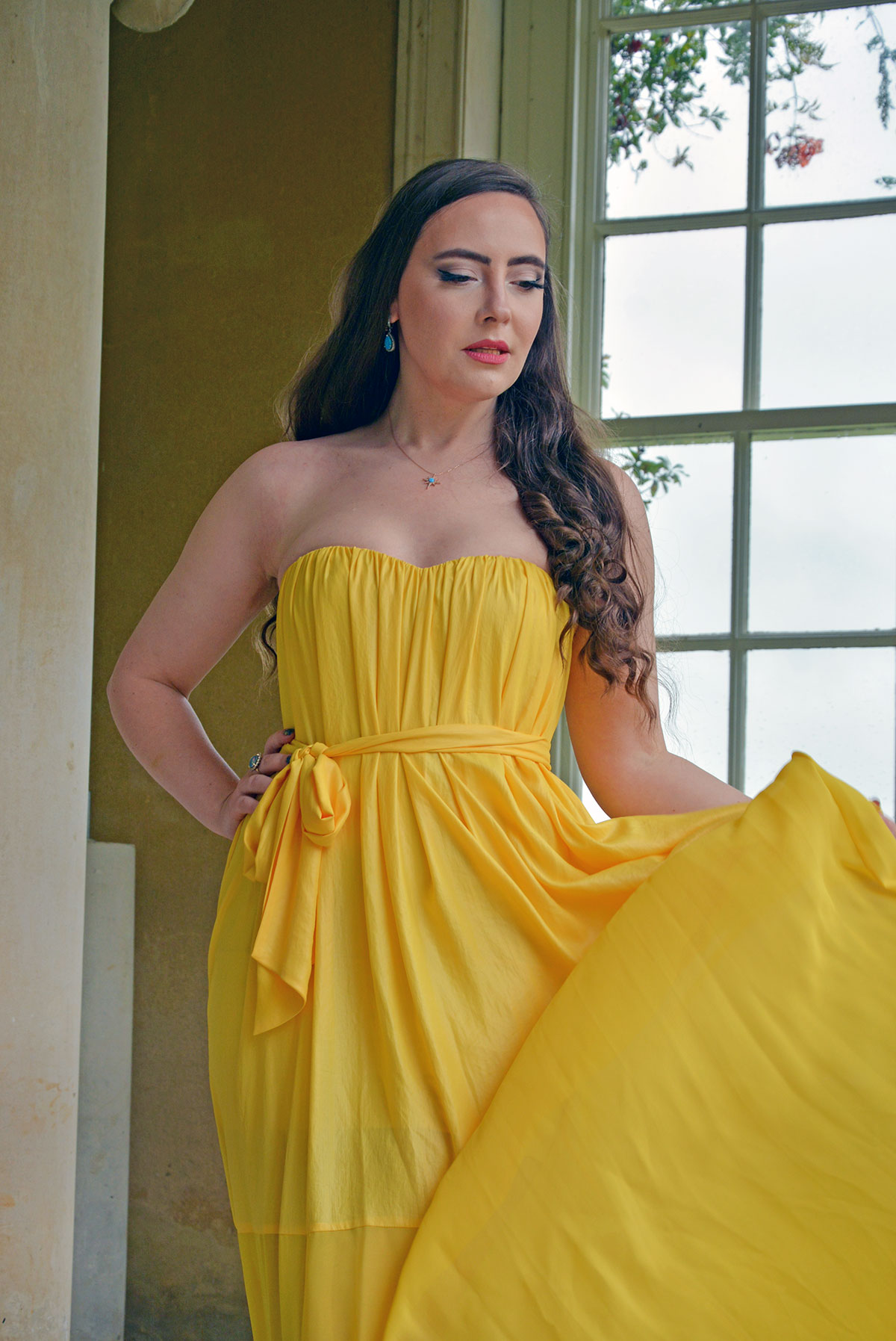
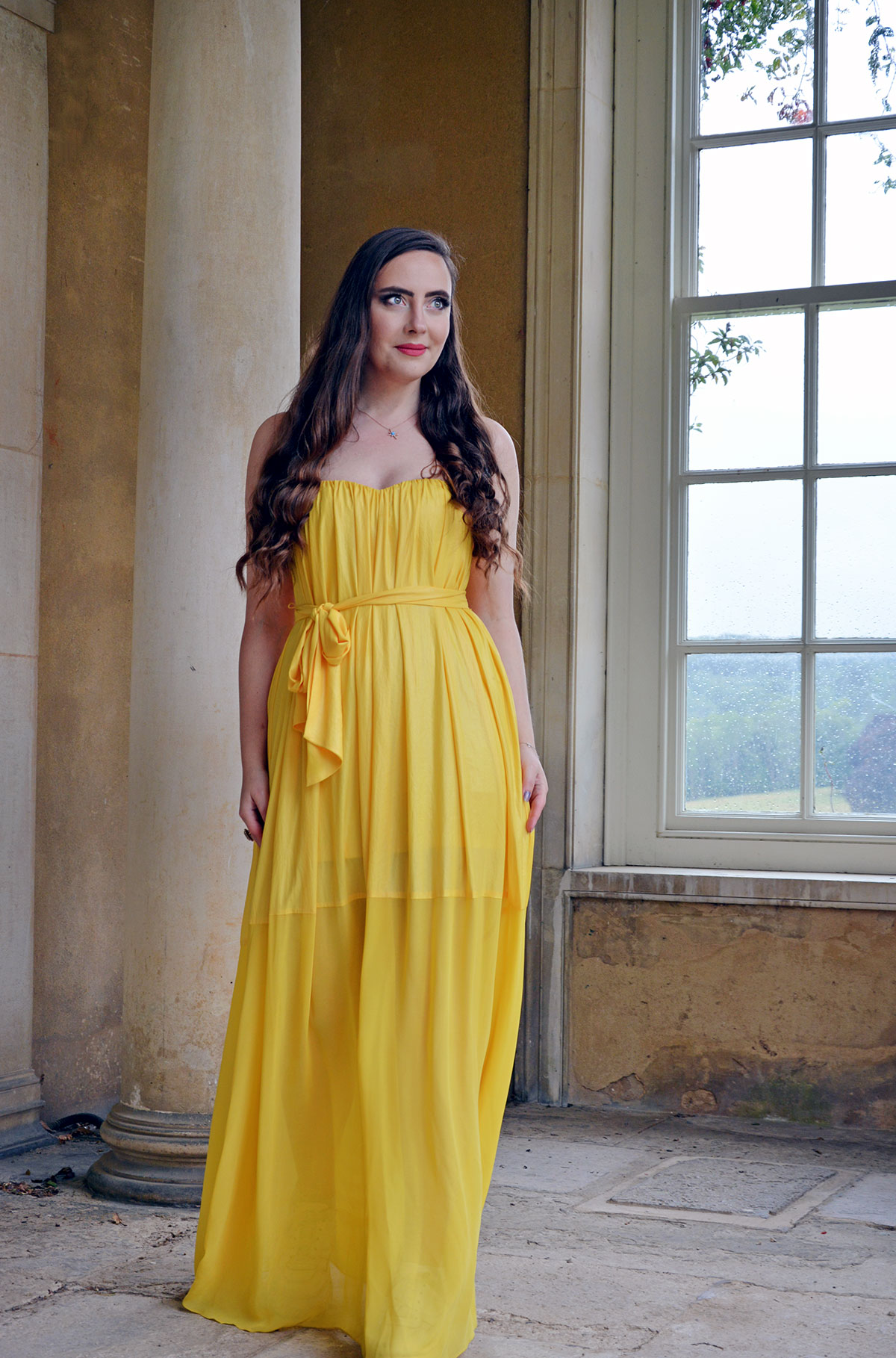


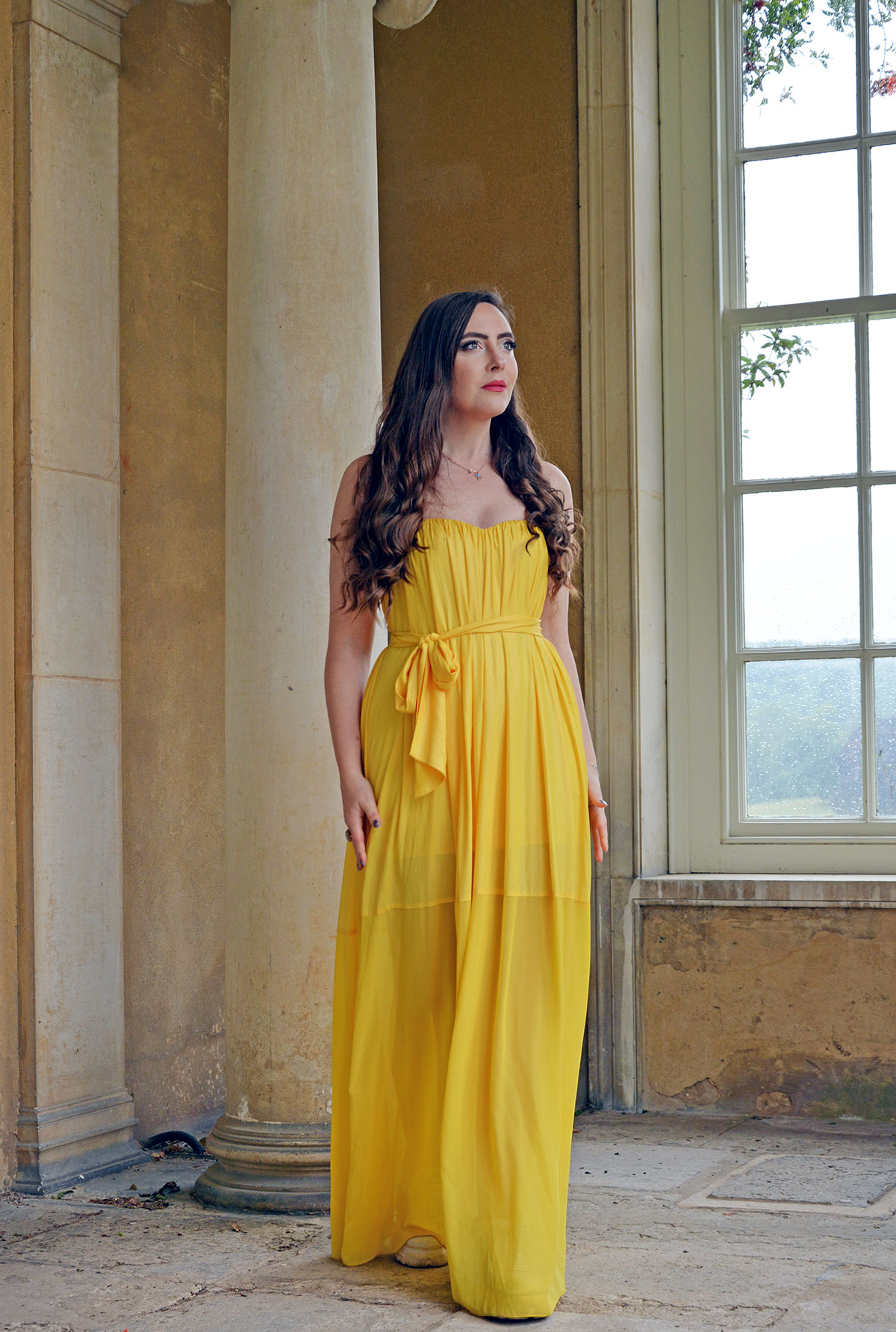
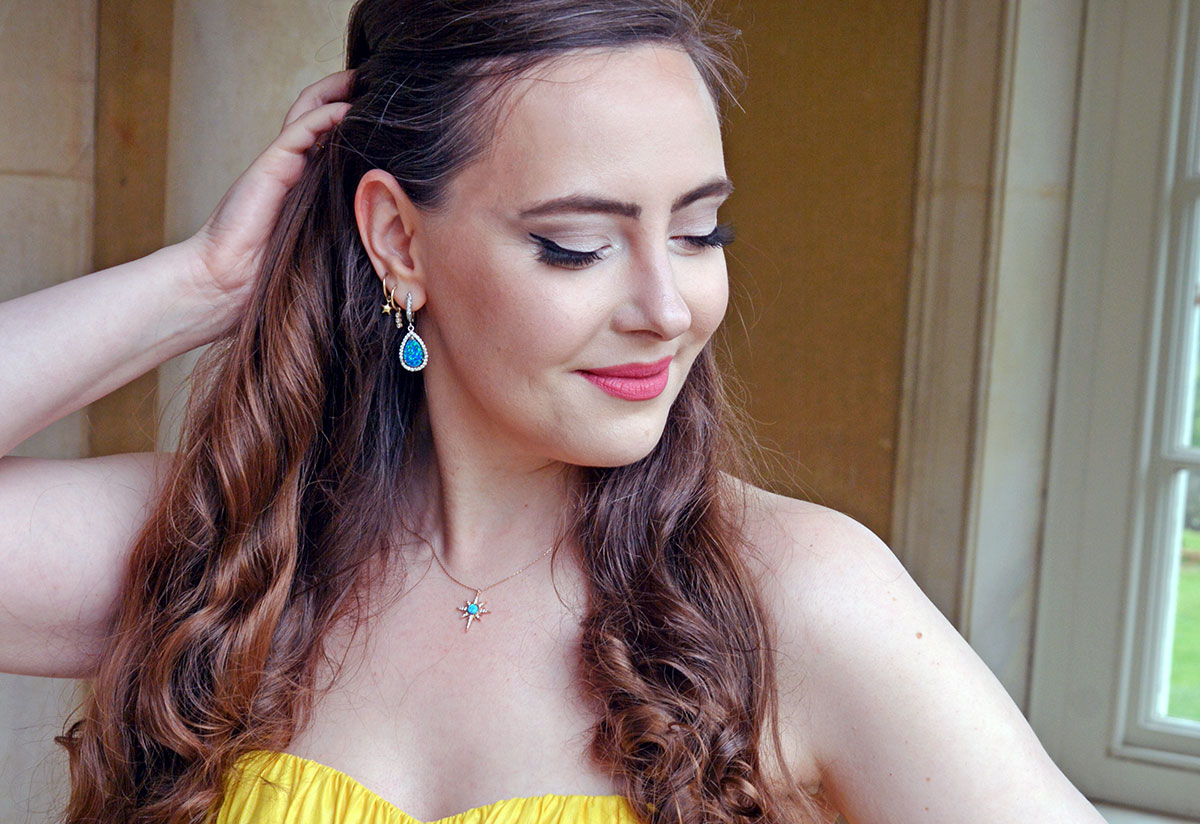
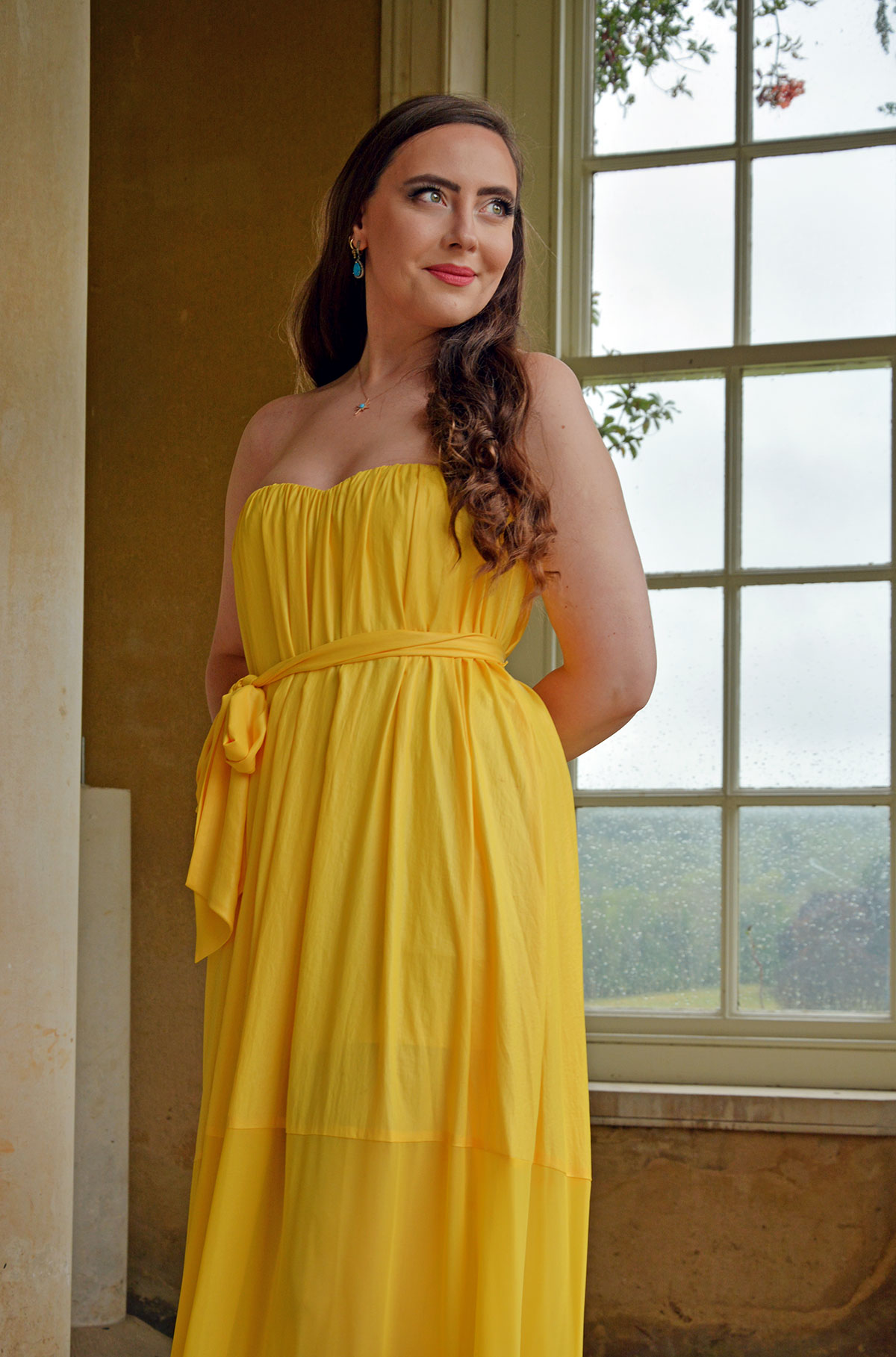
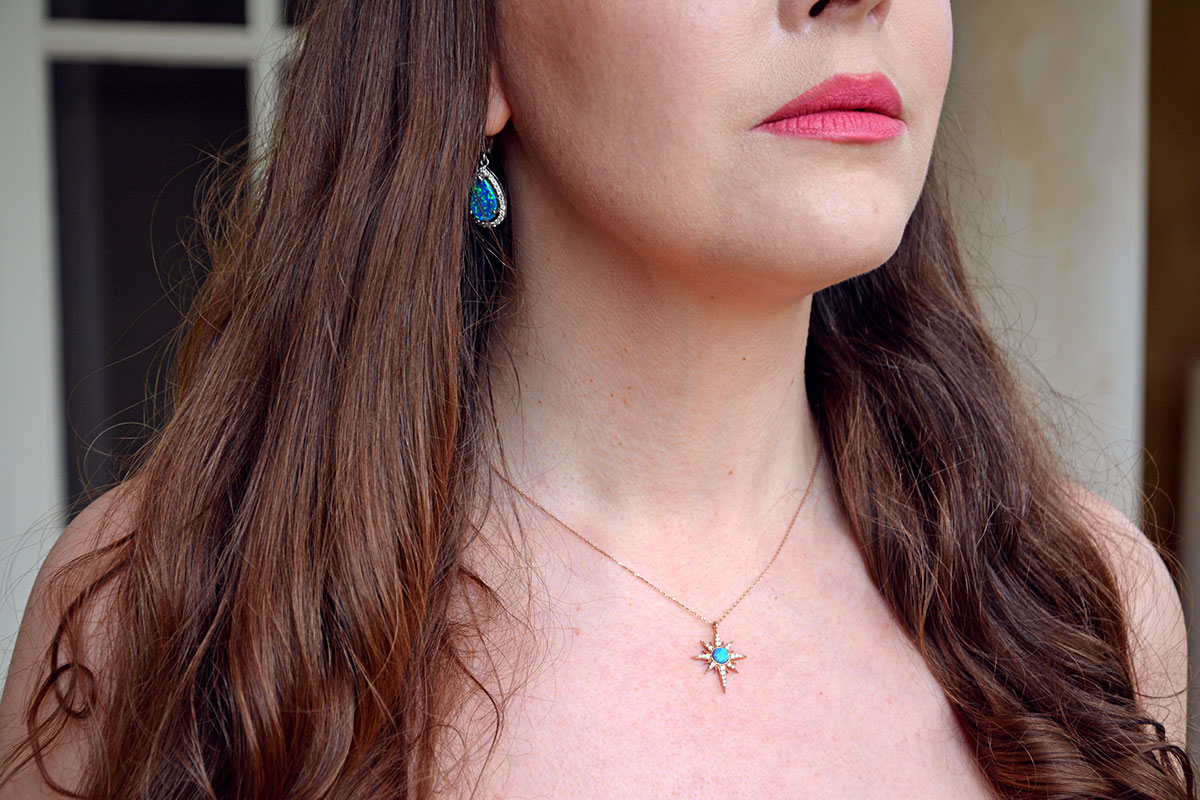
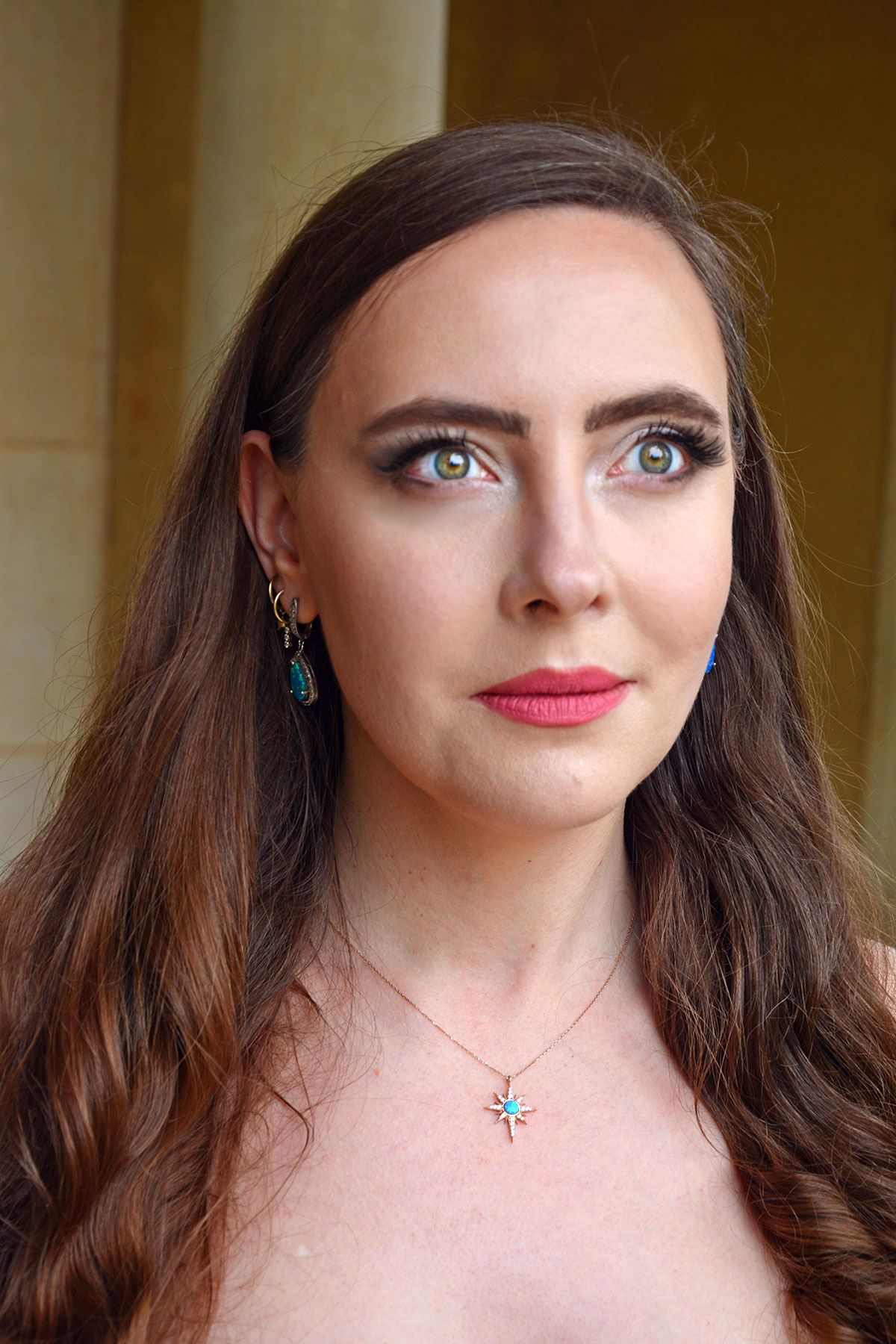
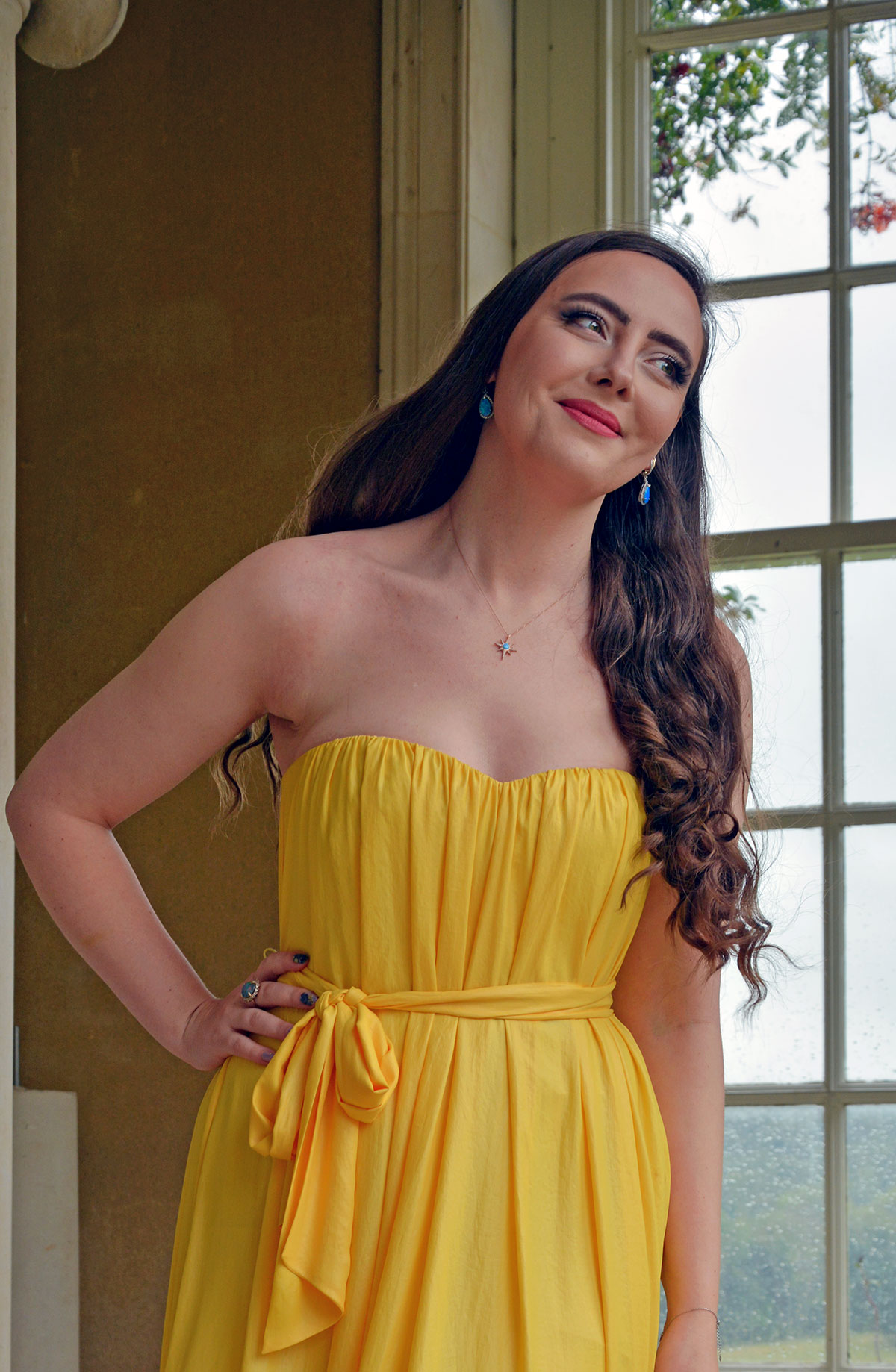
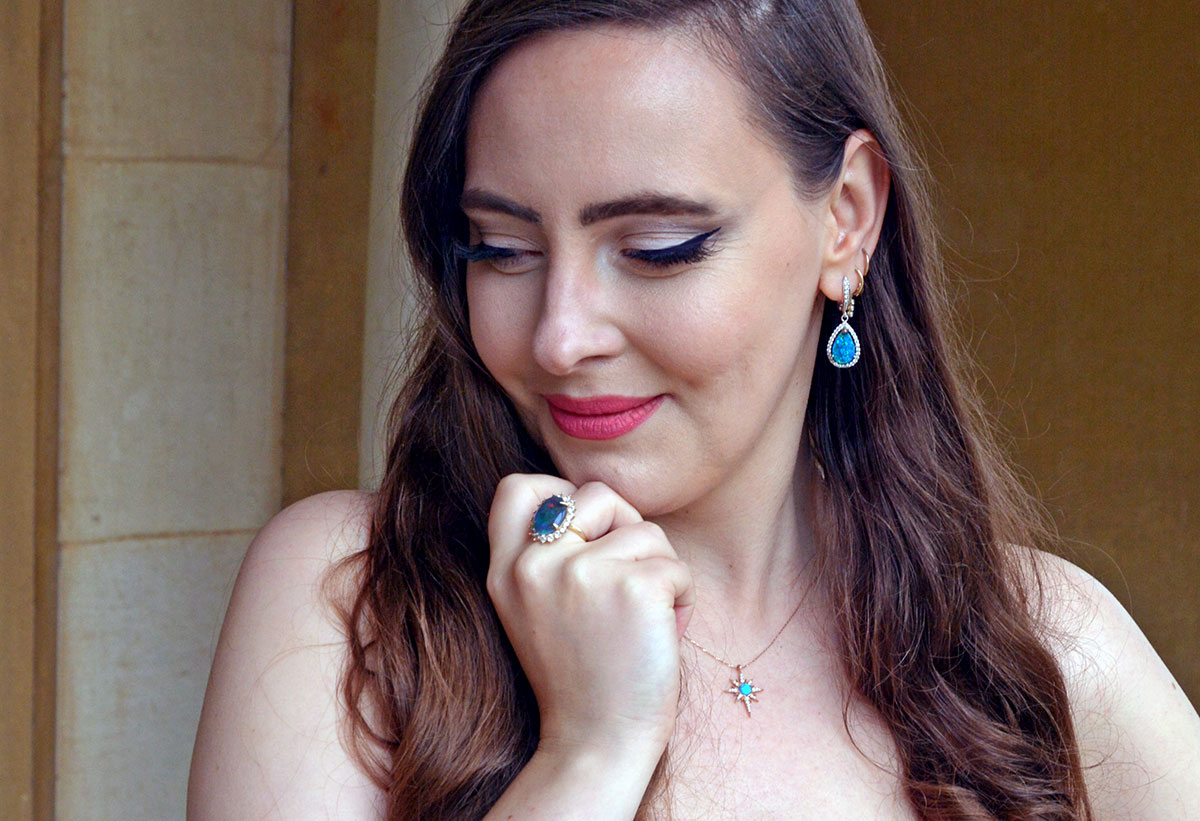
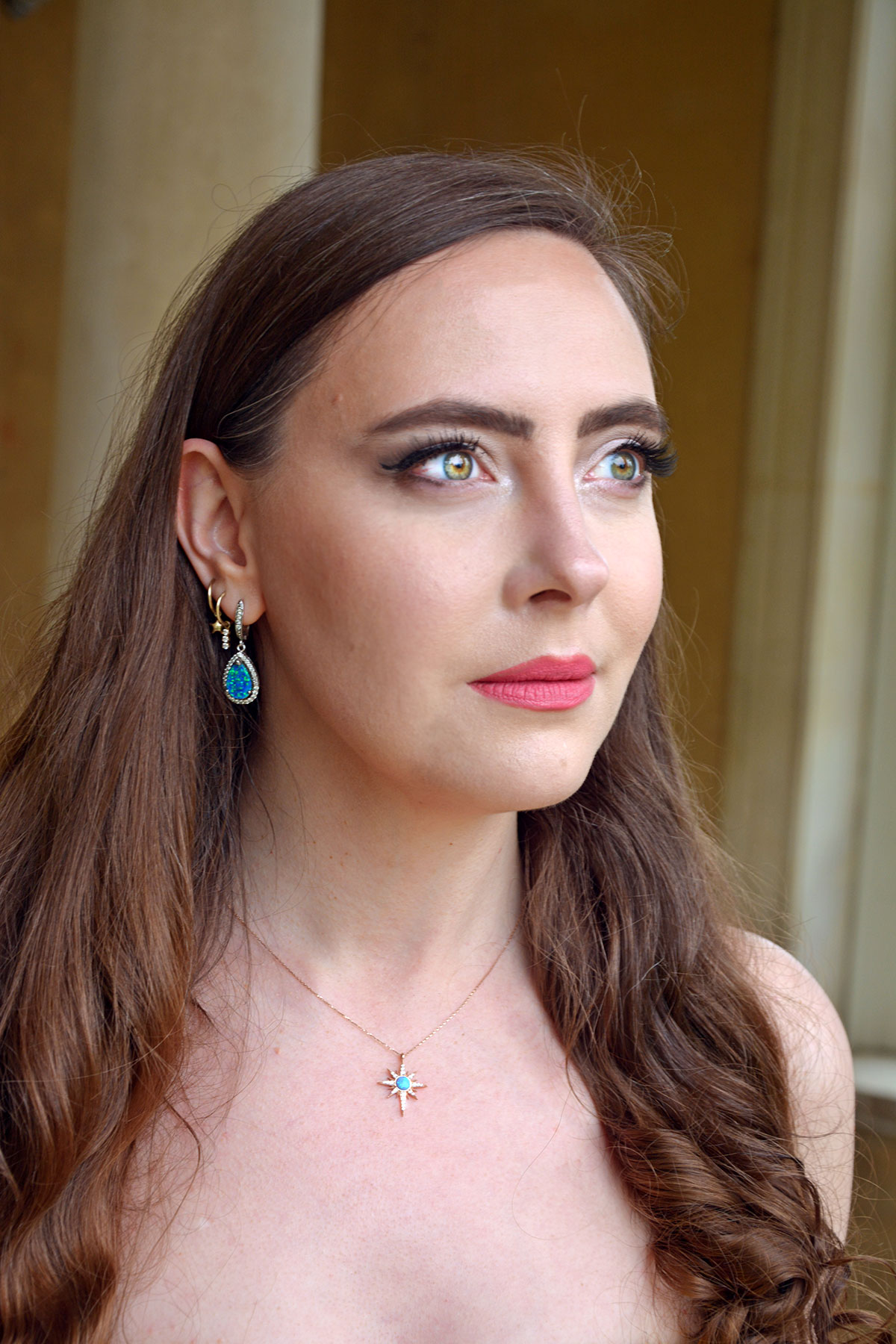
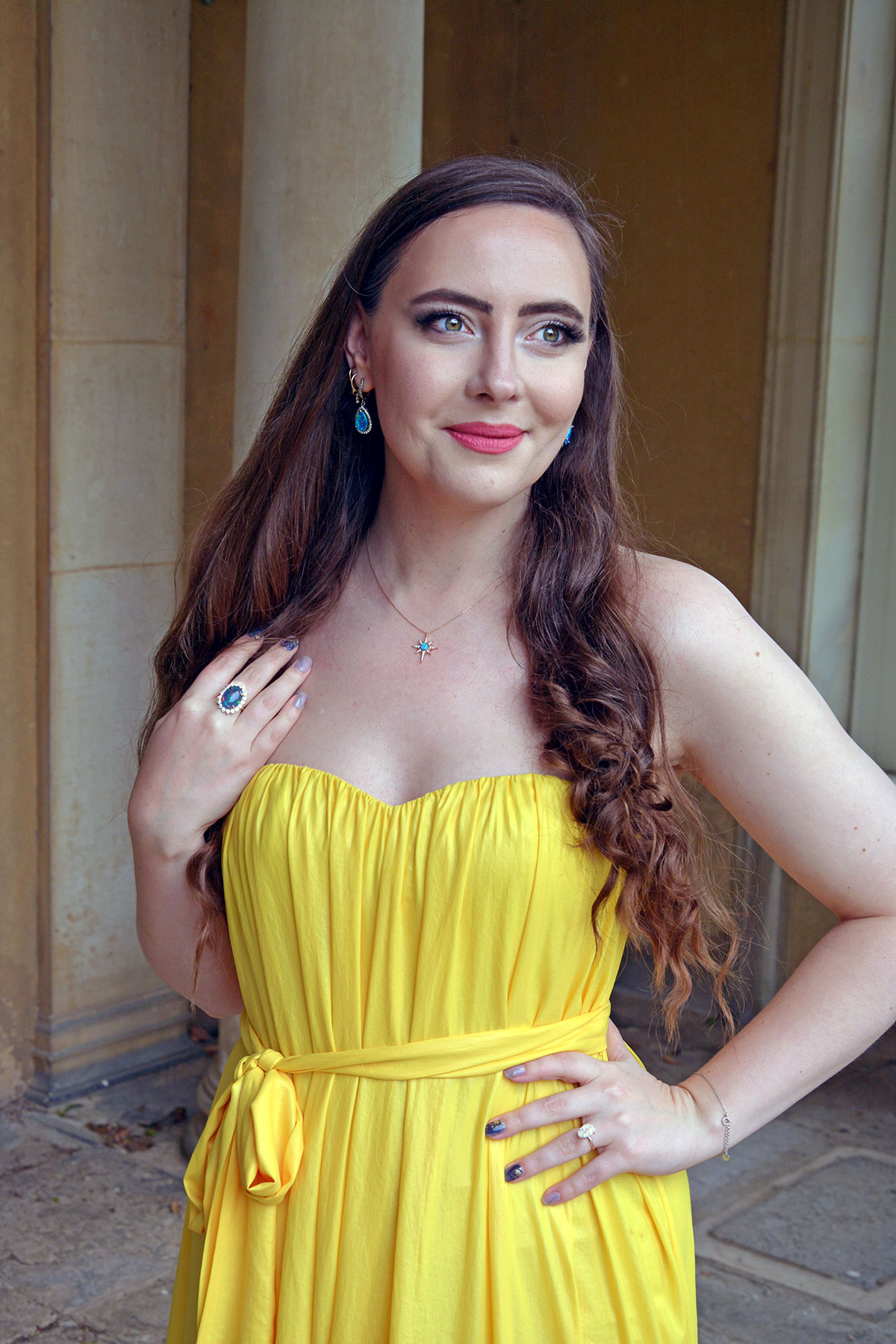

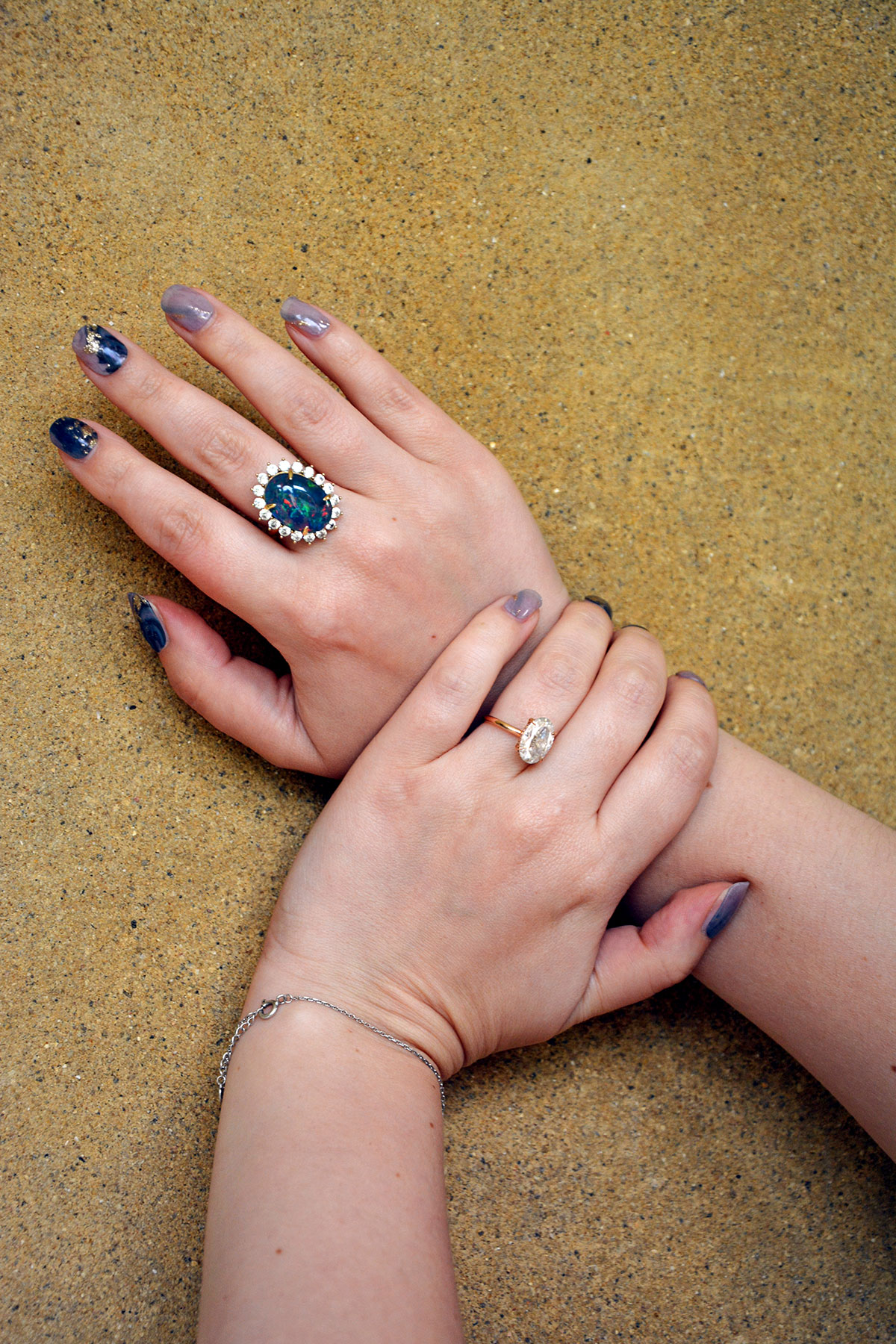
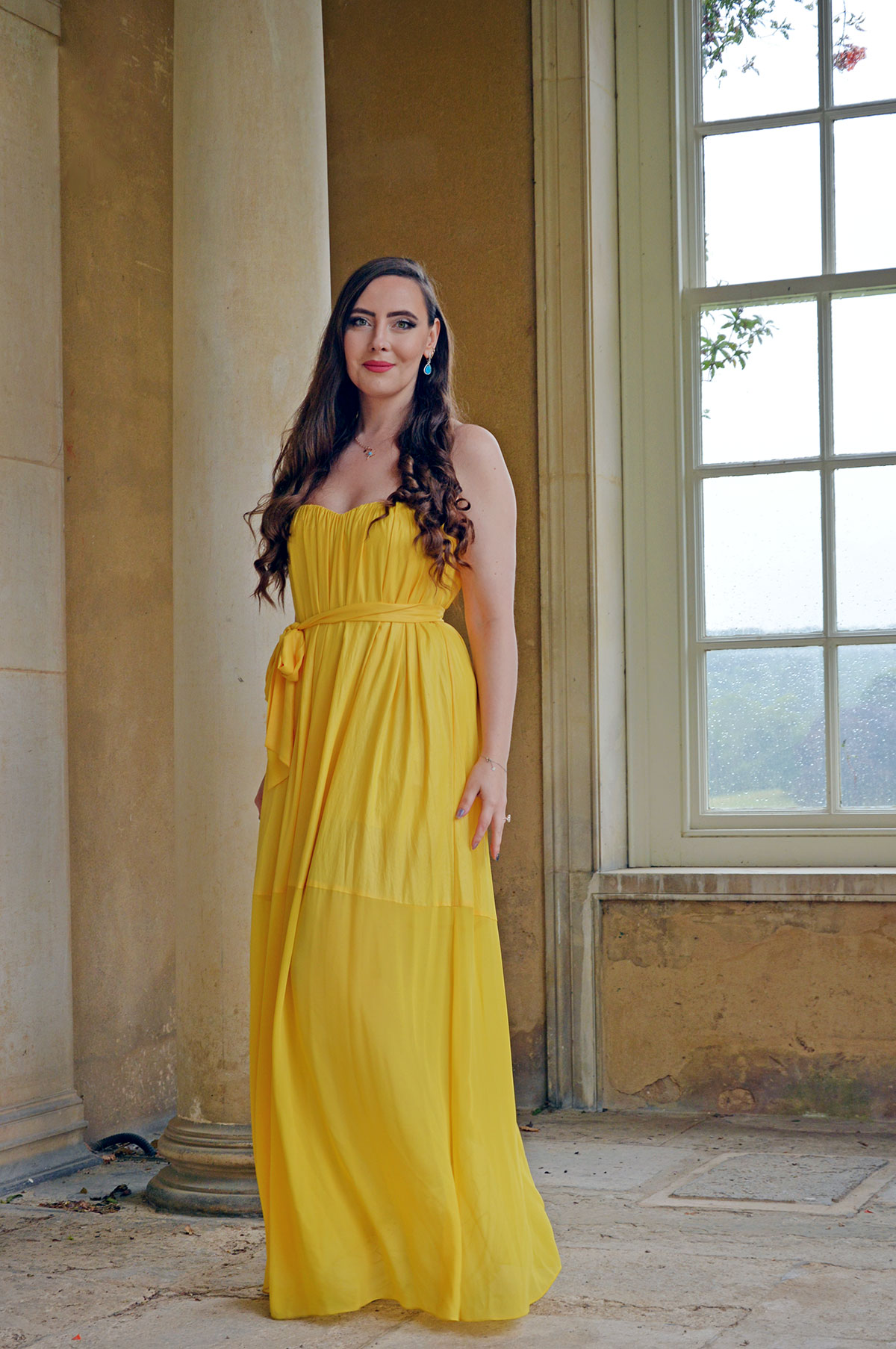
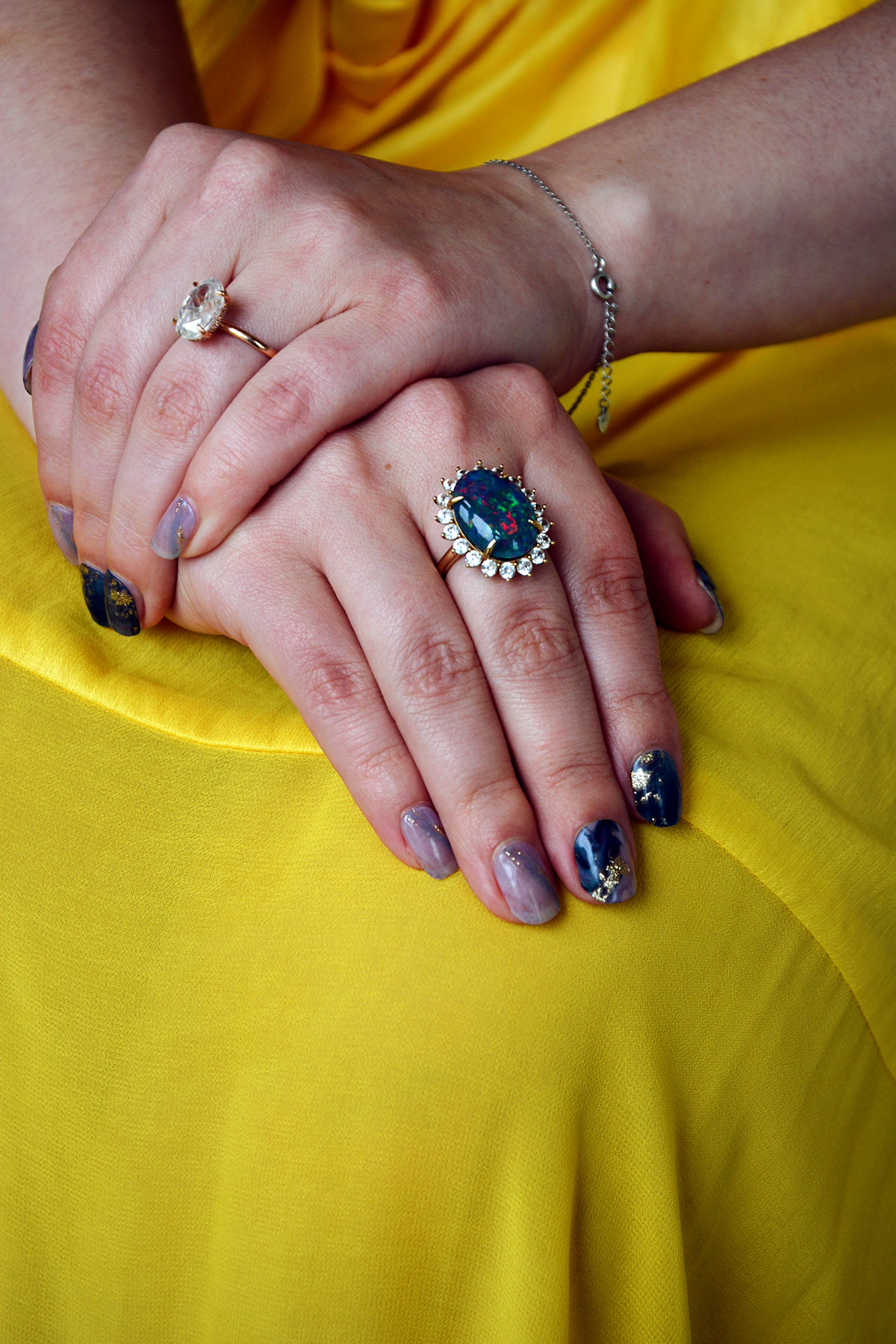
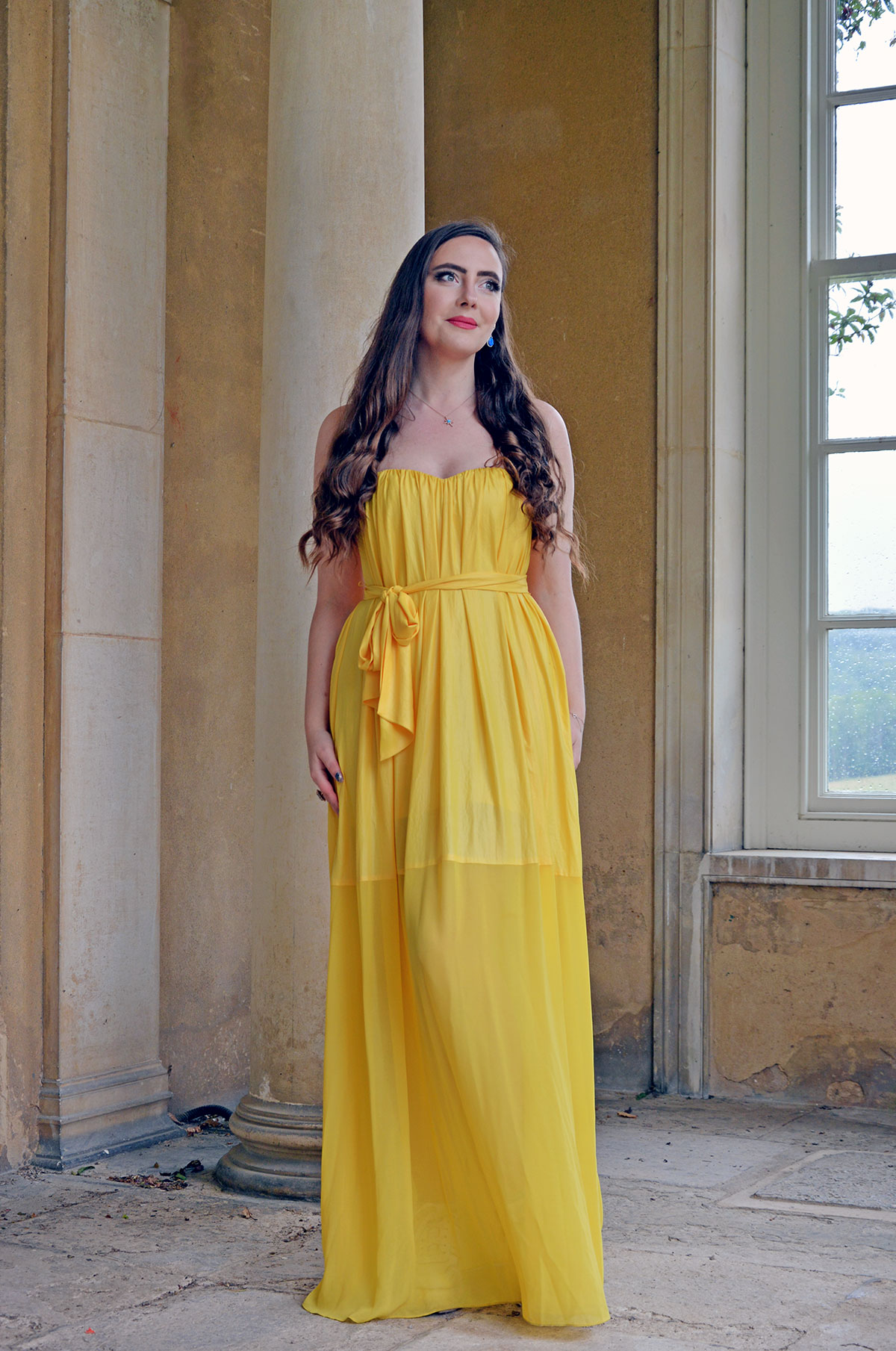

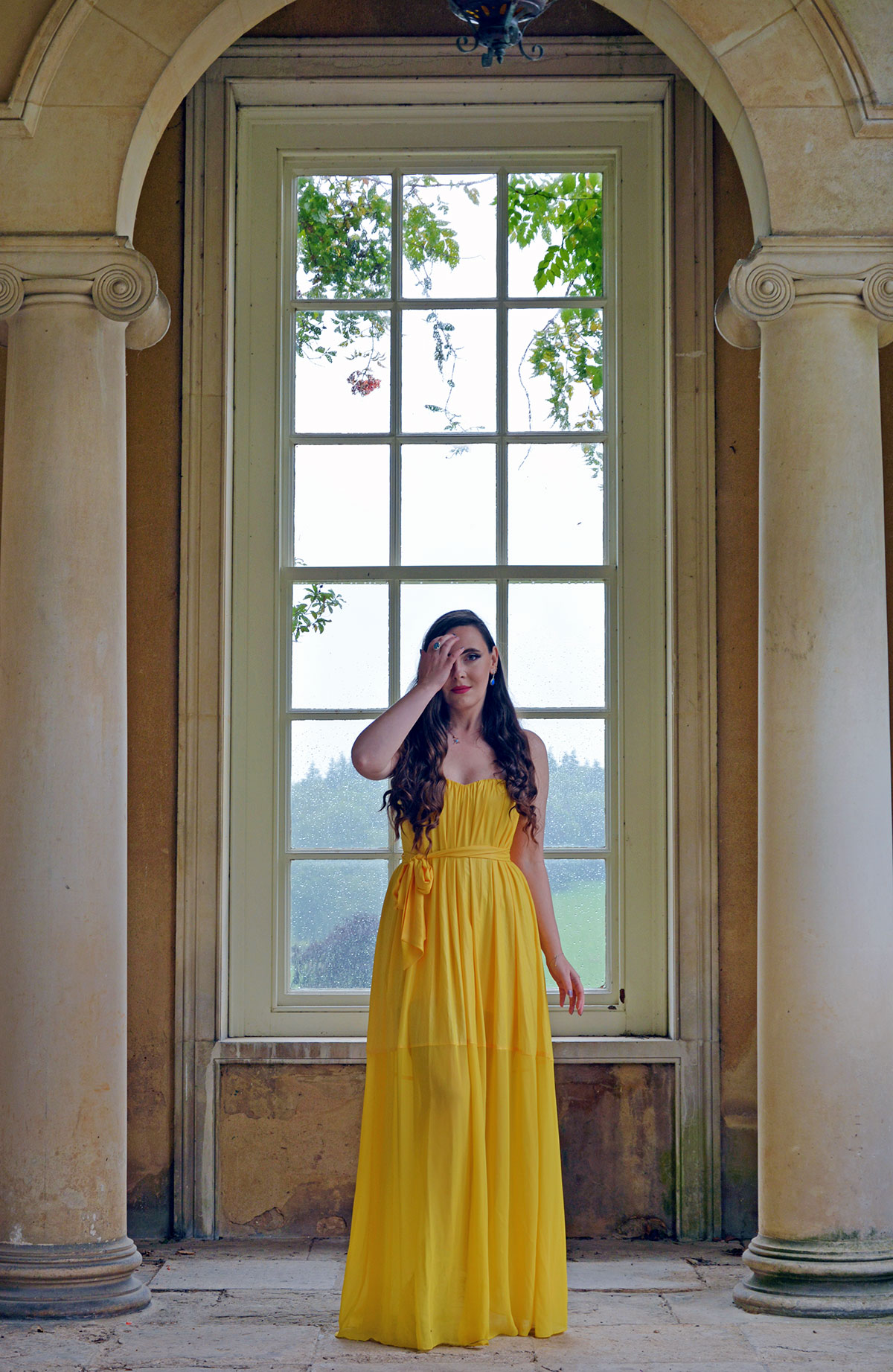

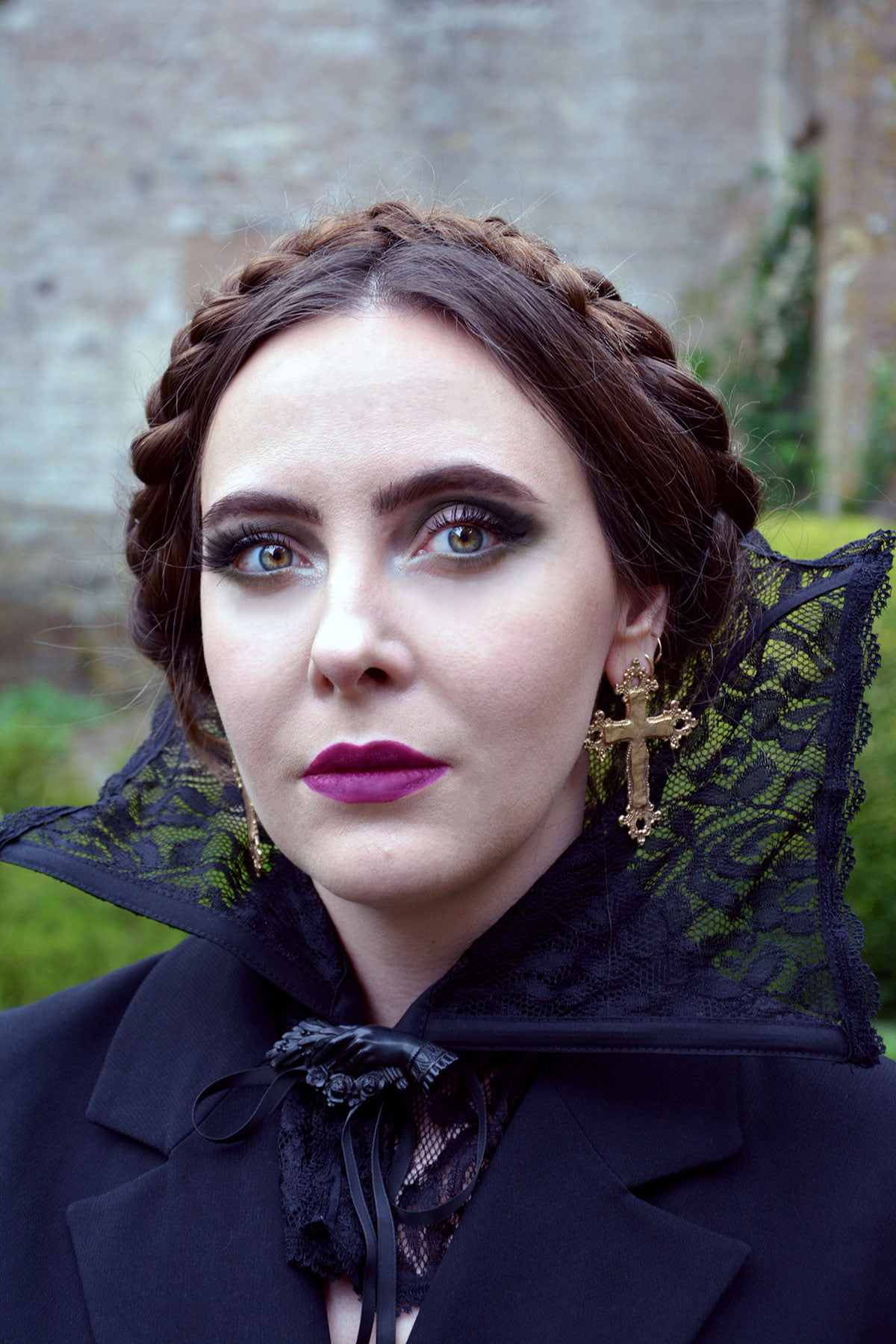
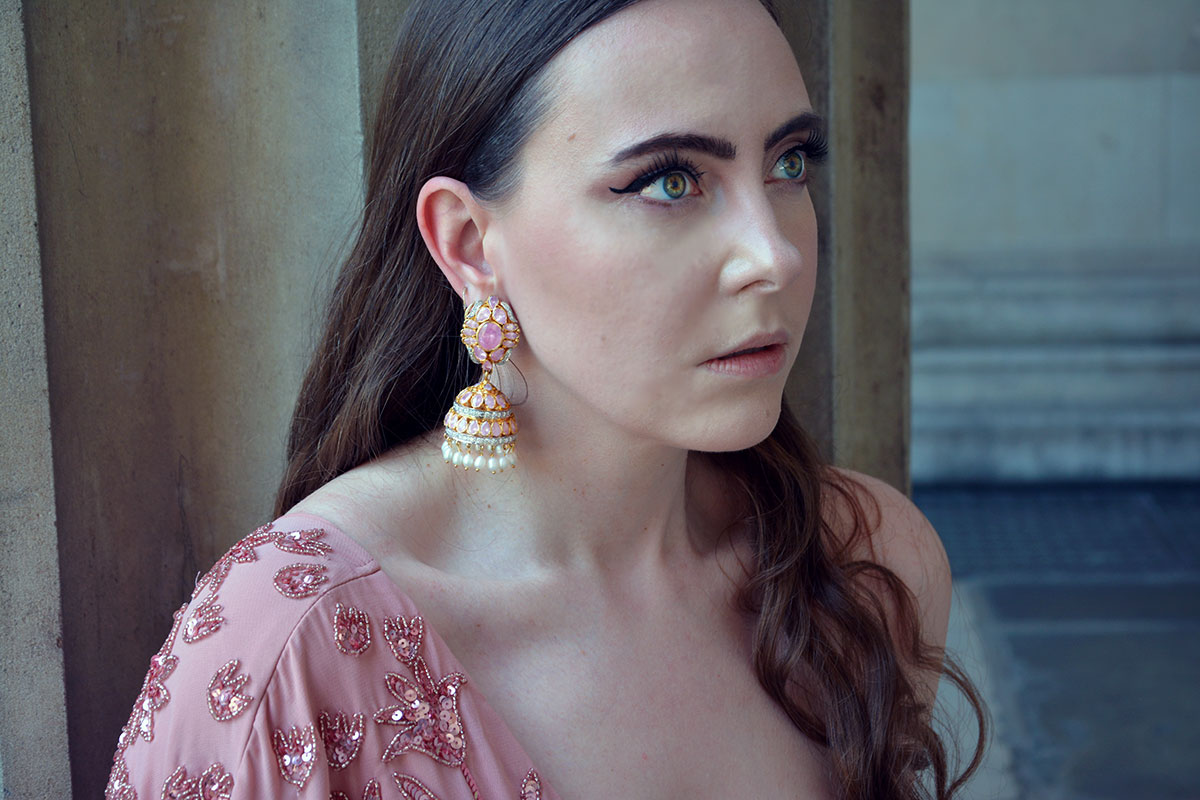
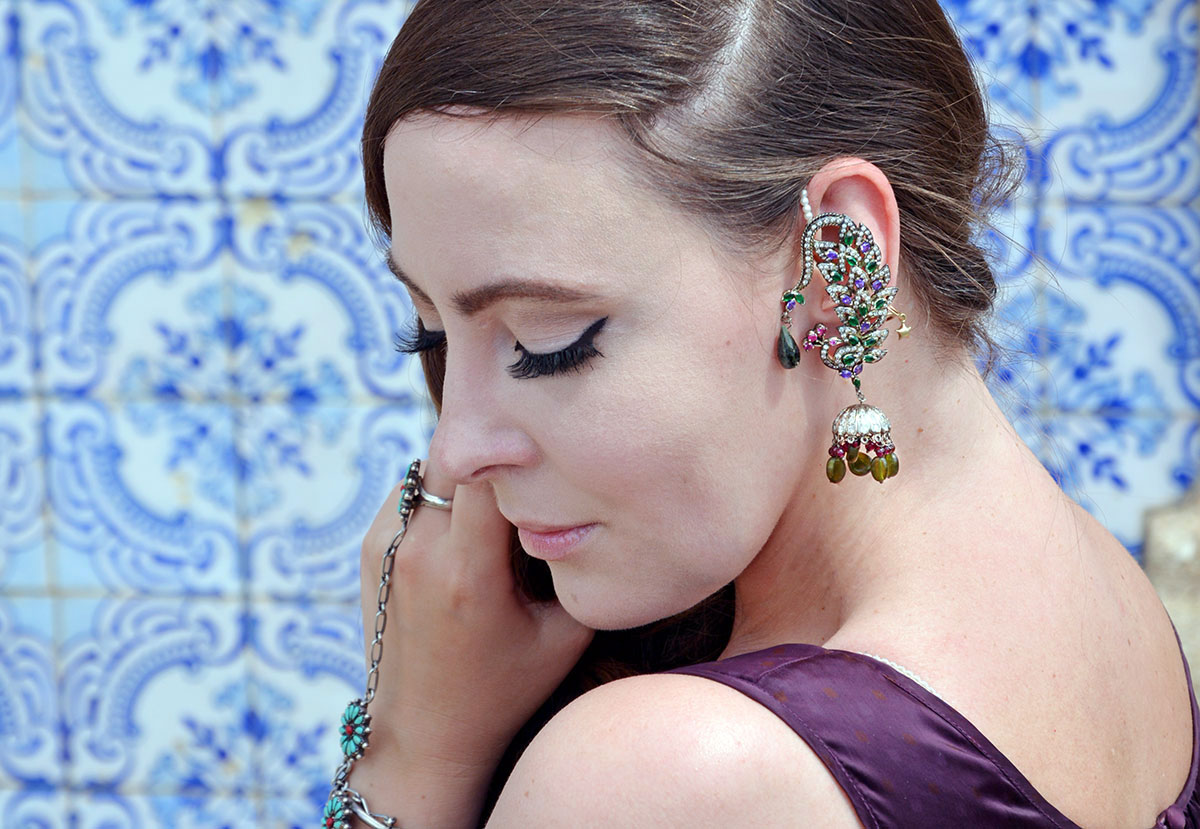
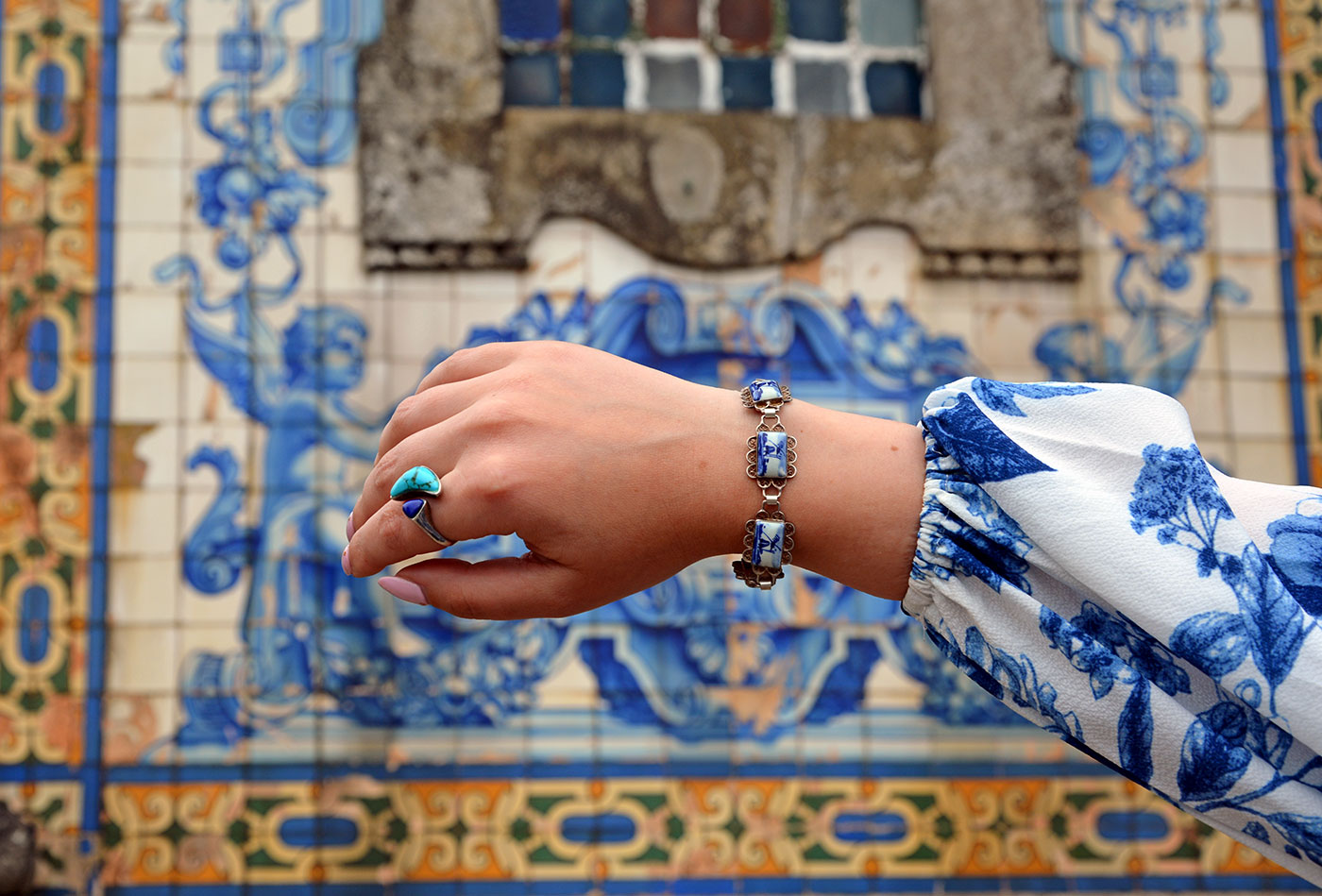
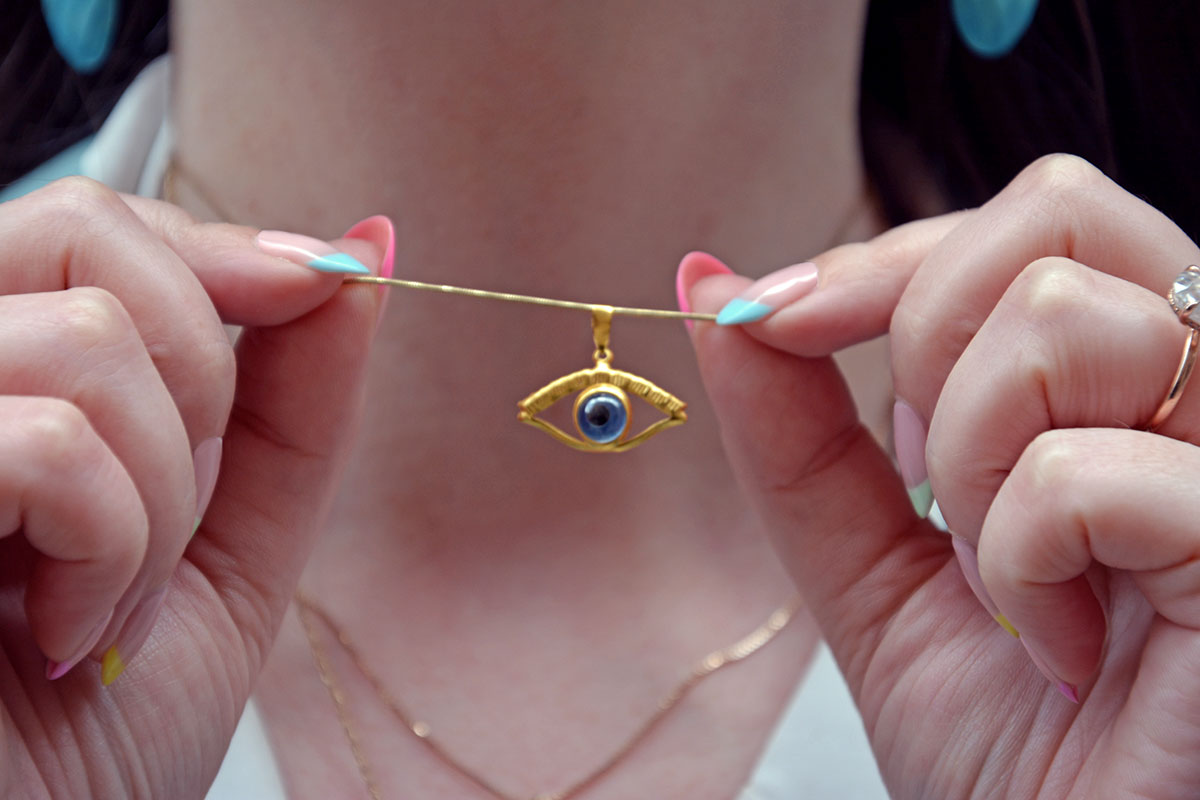
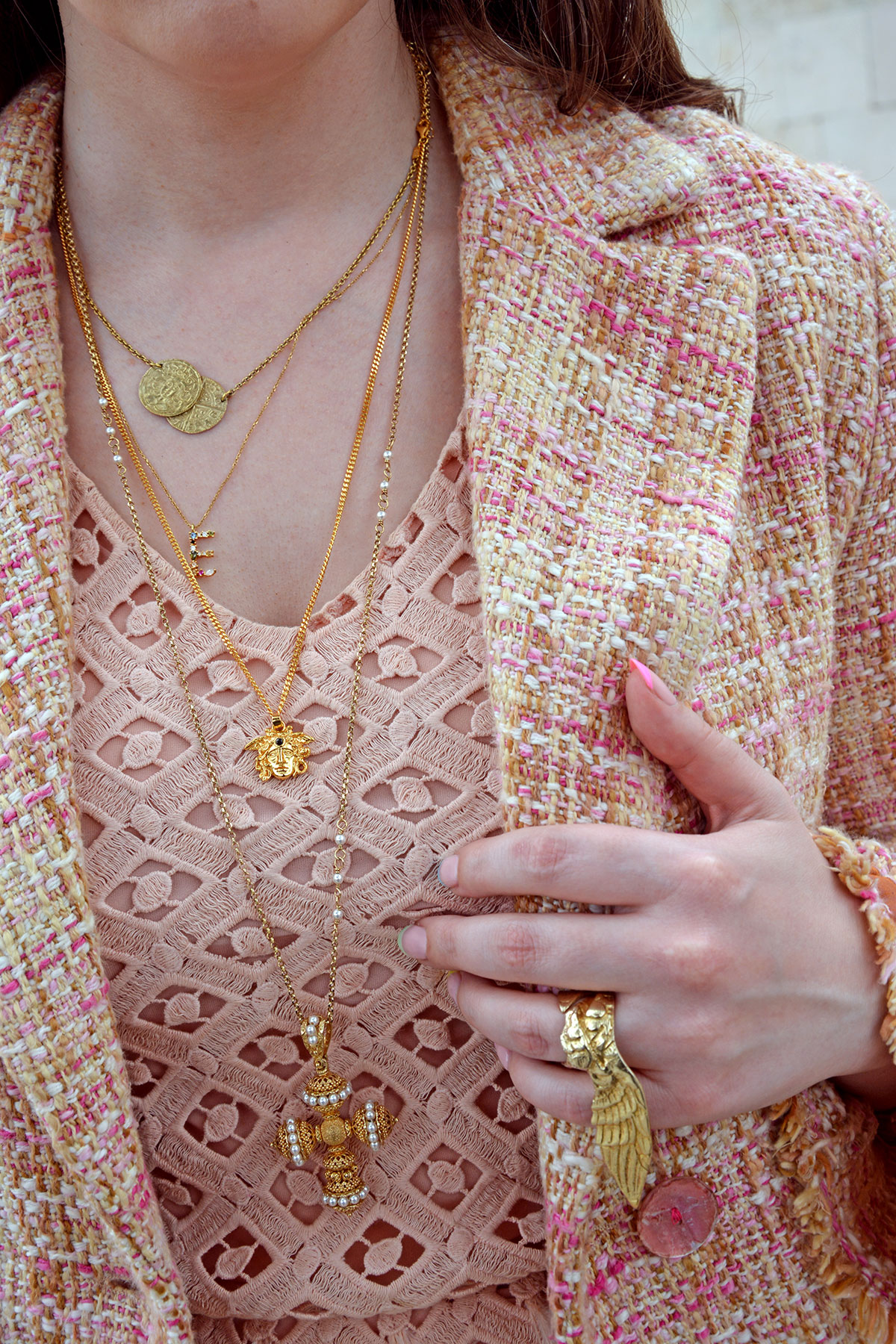
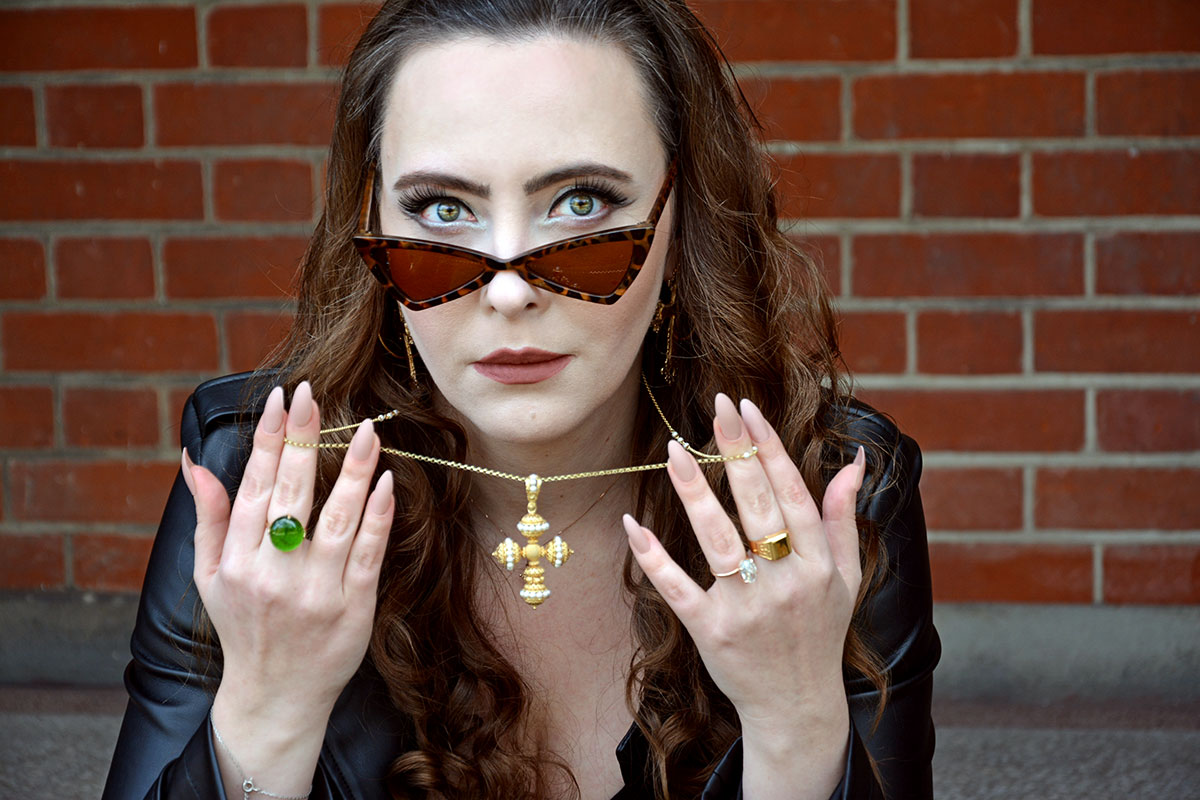
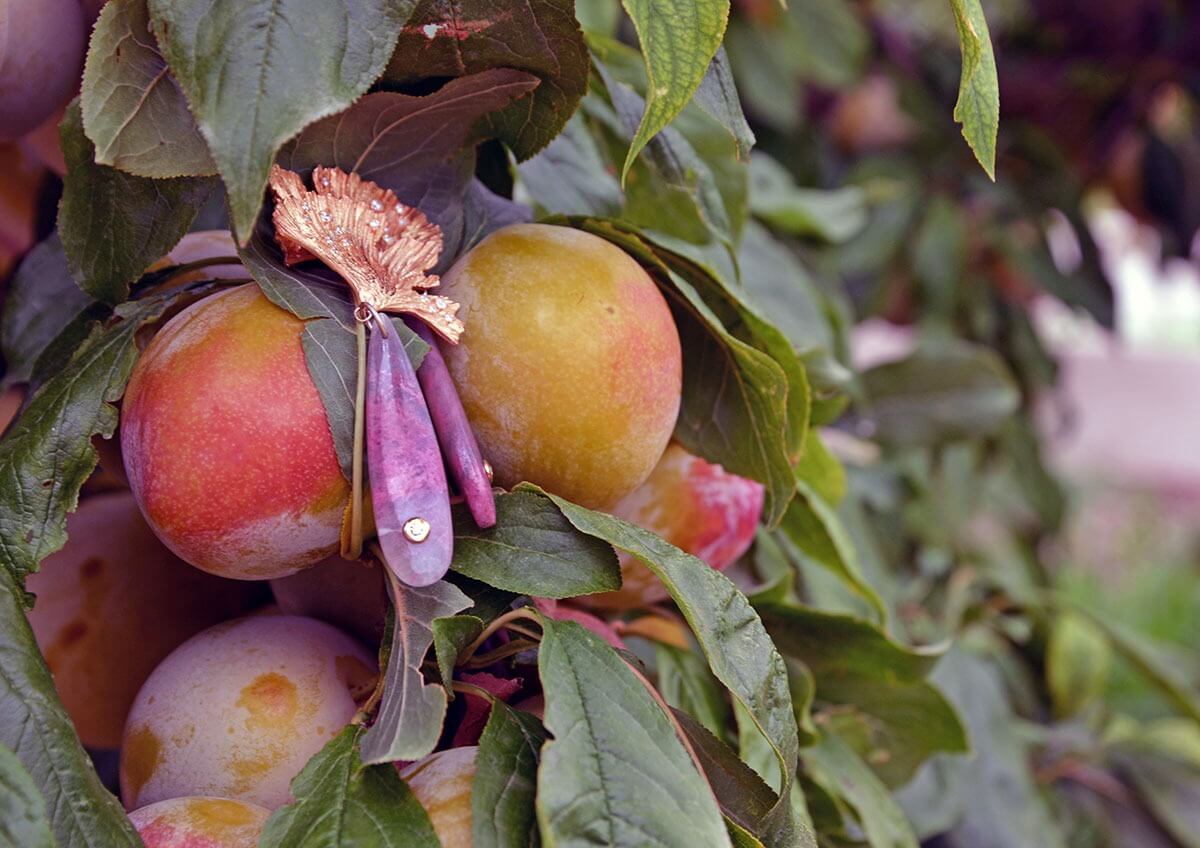
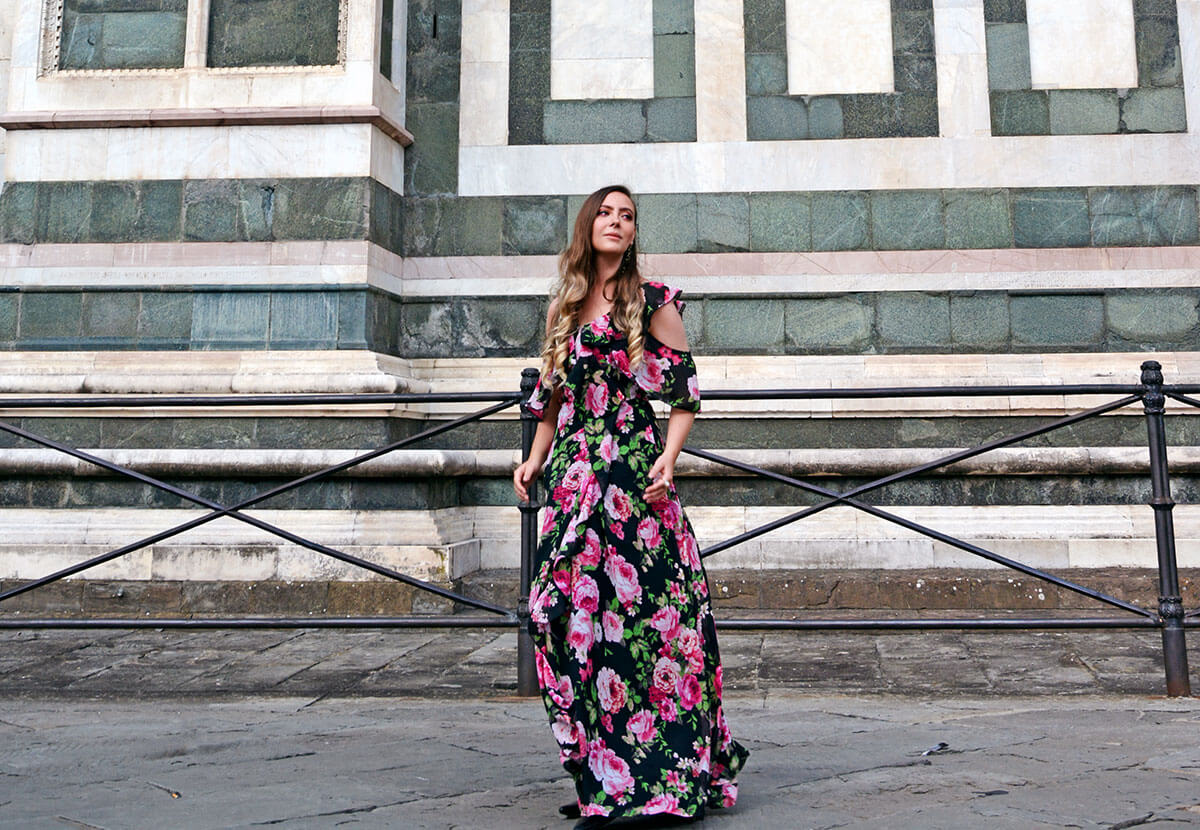
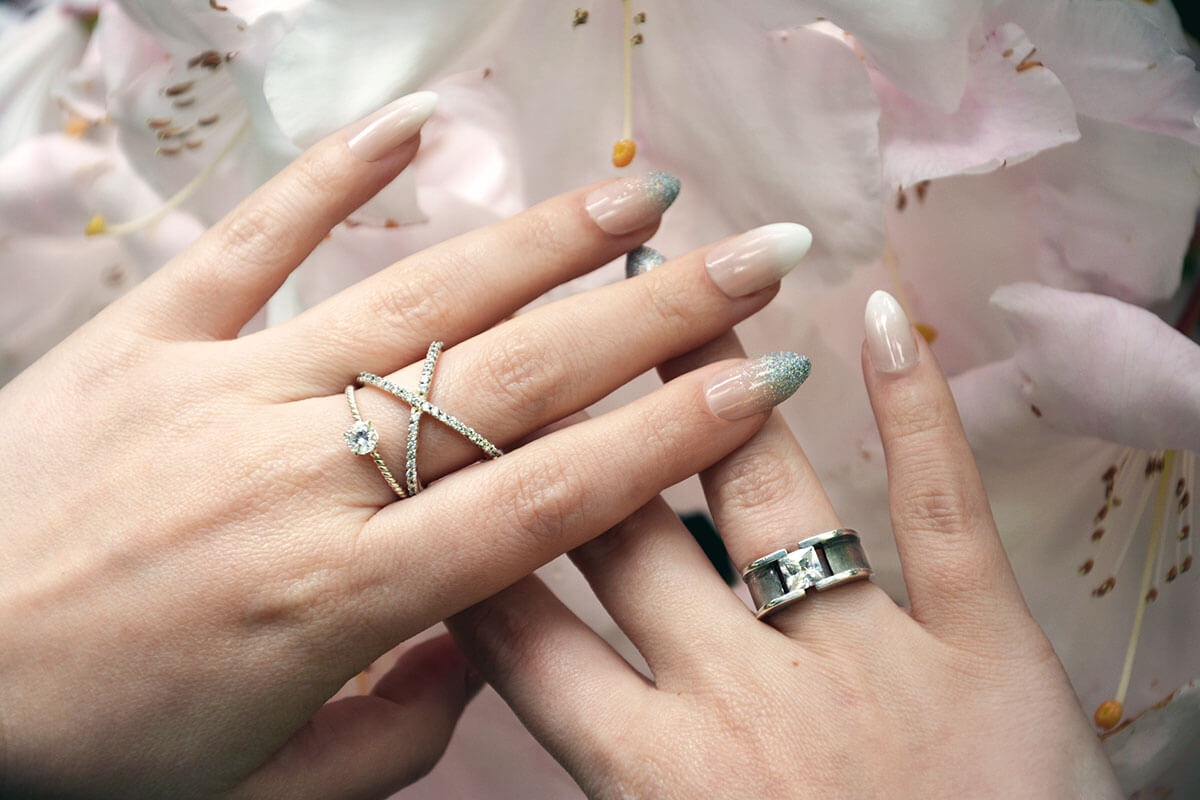
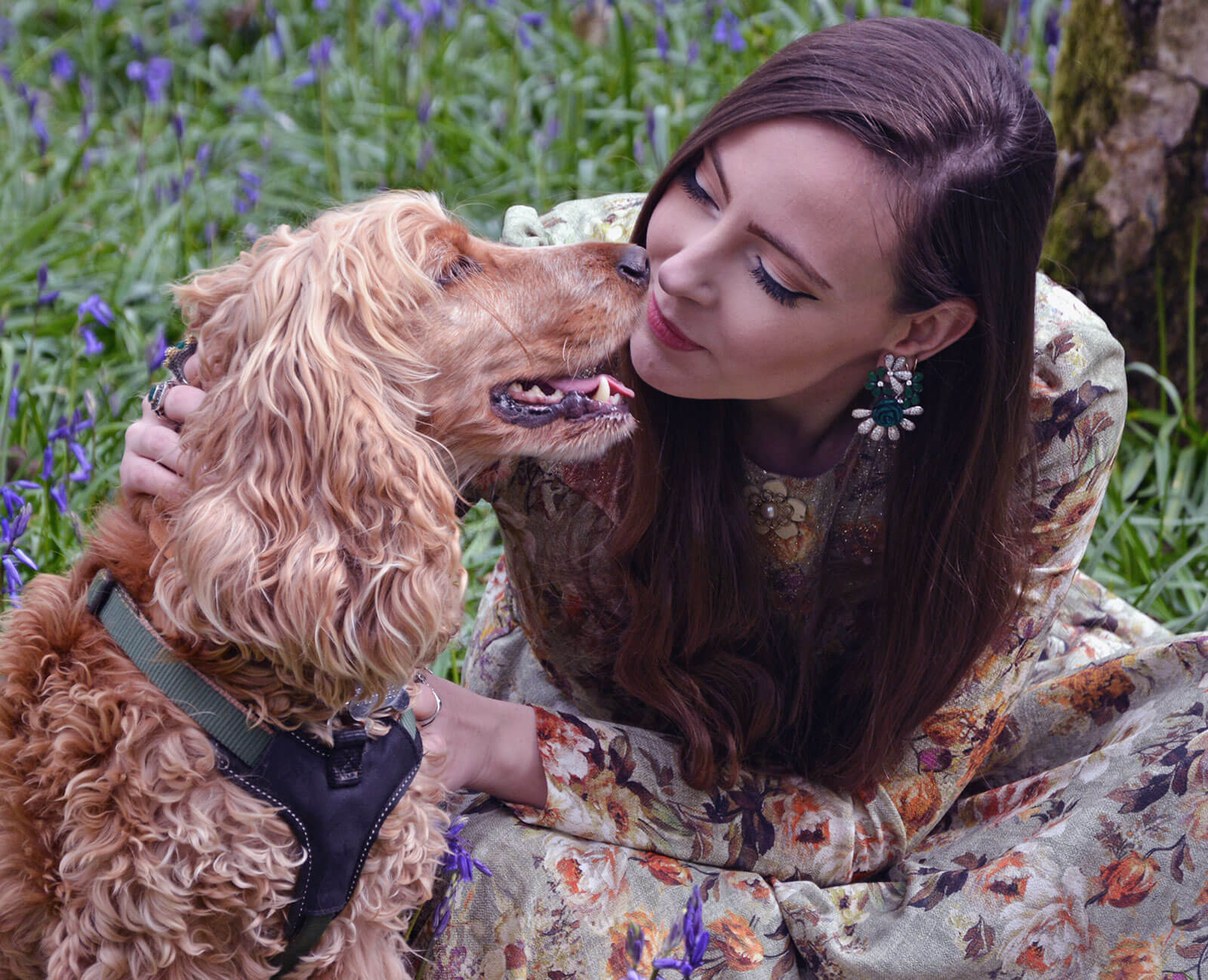
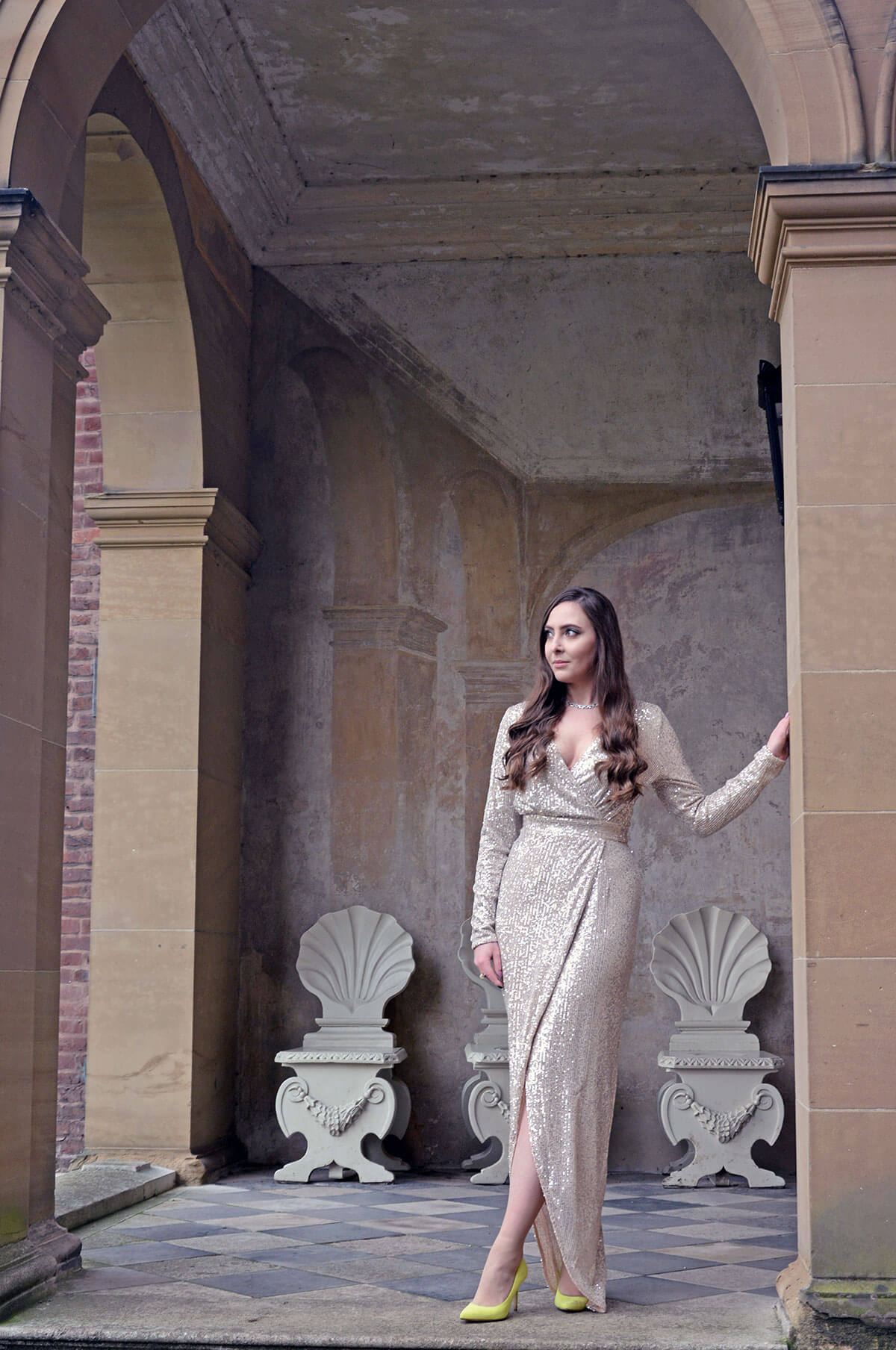

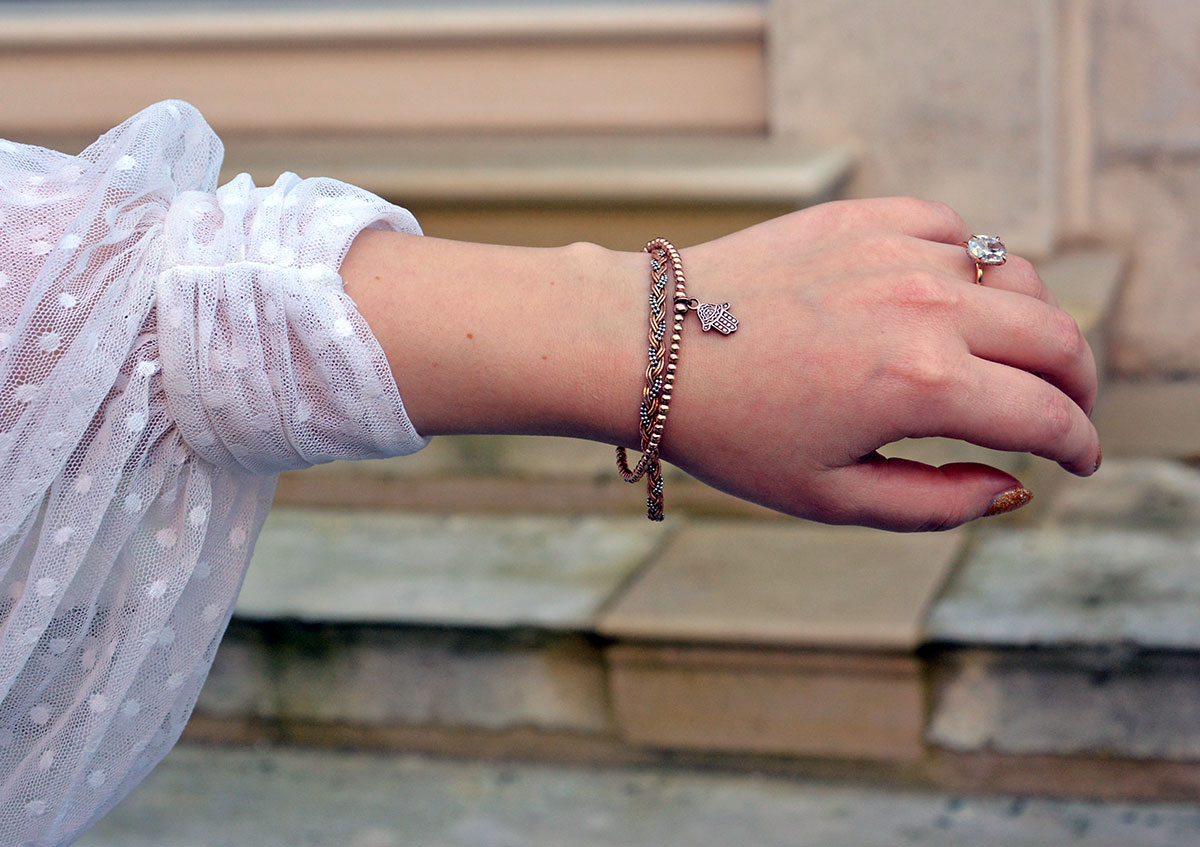

One Response
October baby here, love an opal. I never saw them in jewellery shops until I was 19 when our house was burgled and we got to choose something each with our compensation money. Found a set of opals in Fraser Hart. Now I see them everywhere